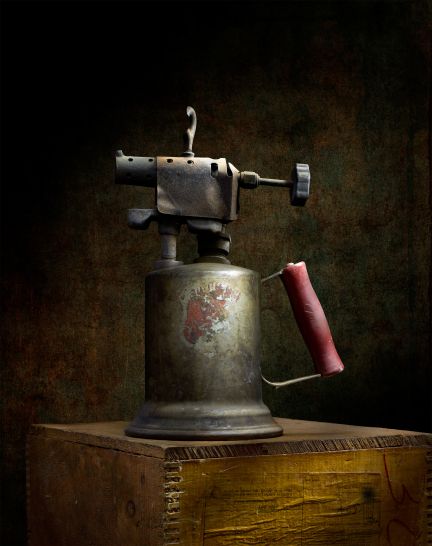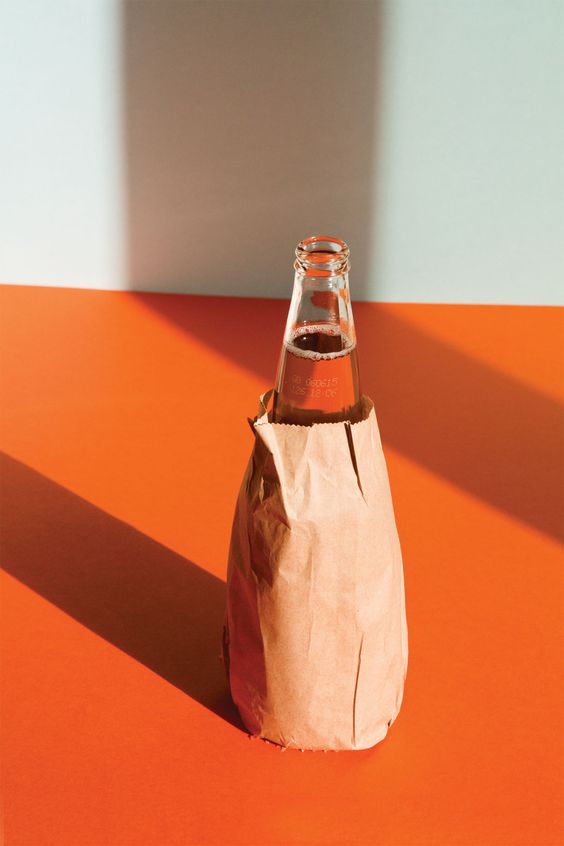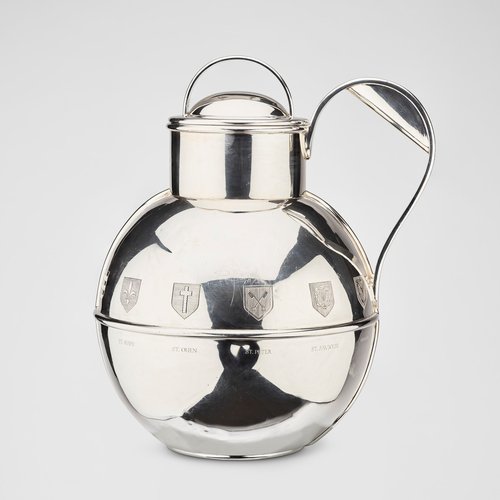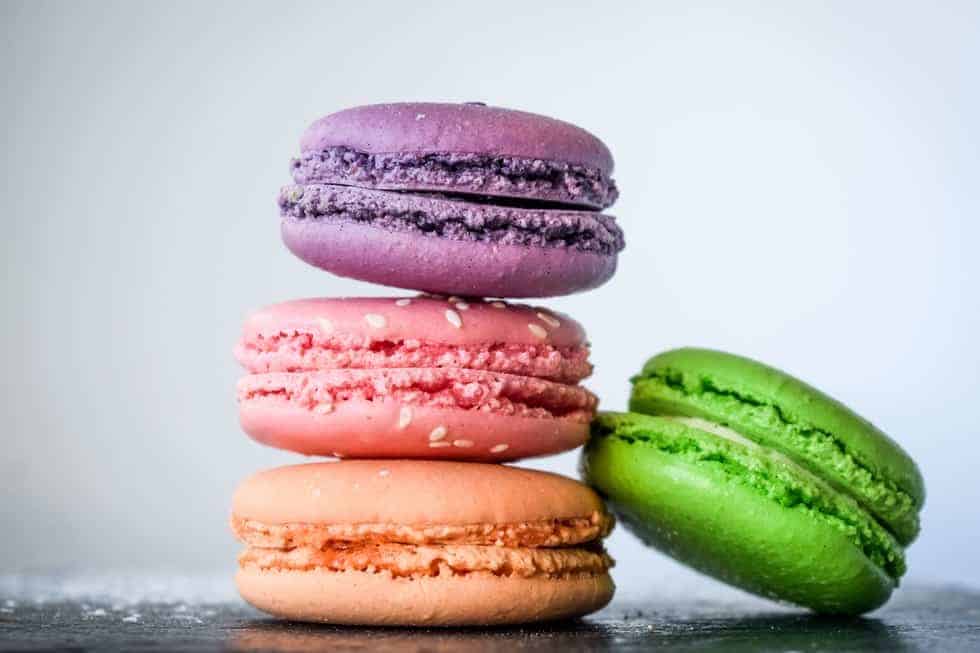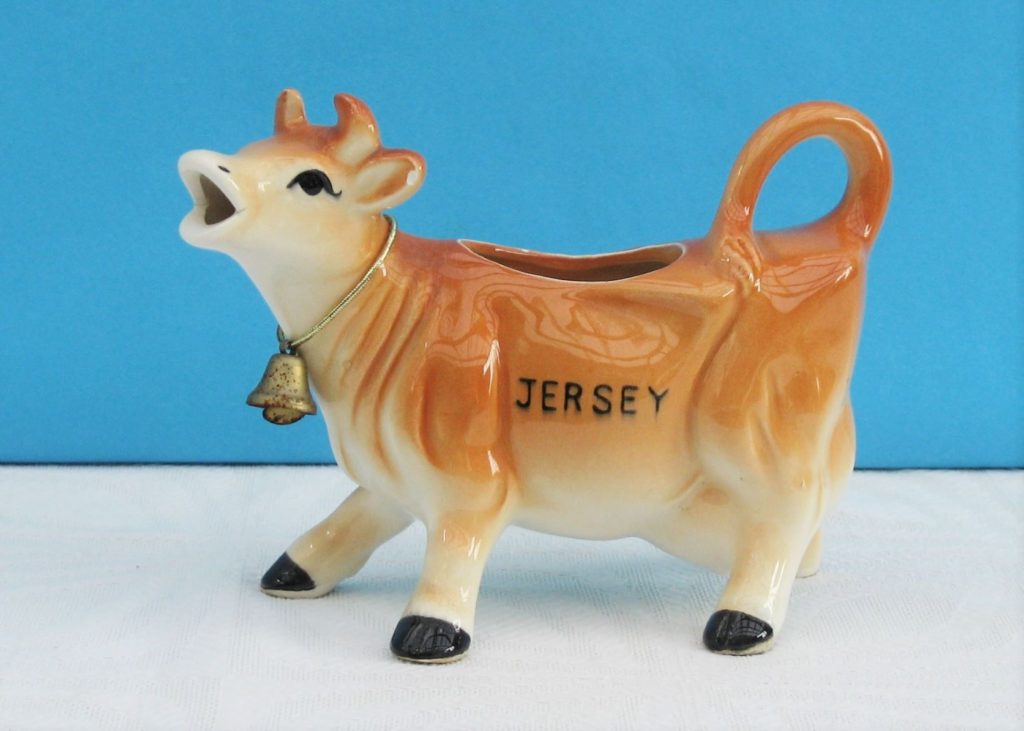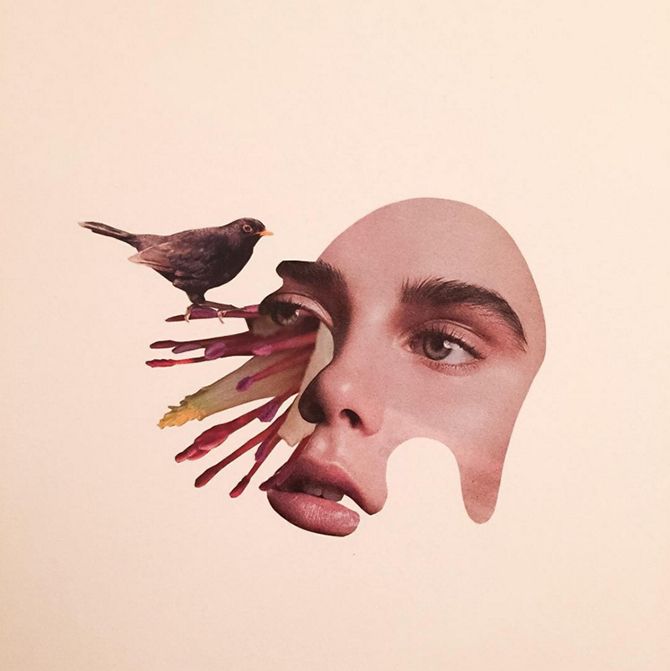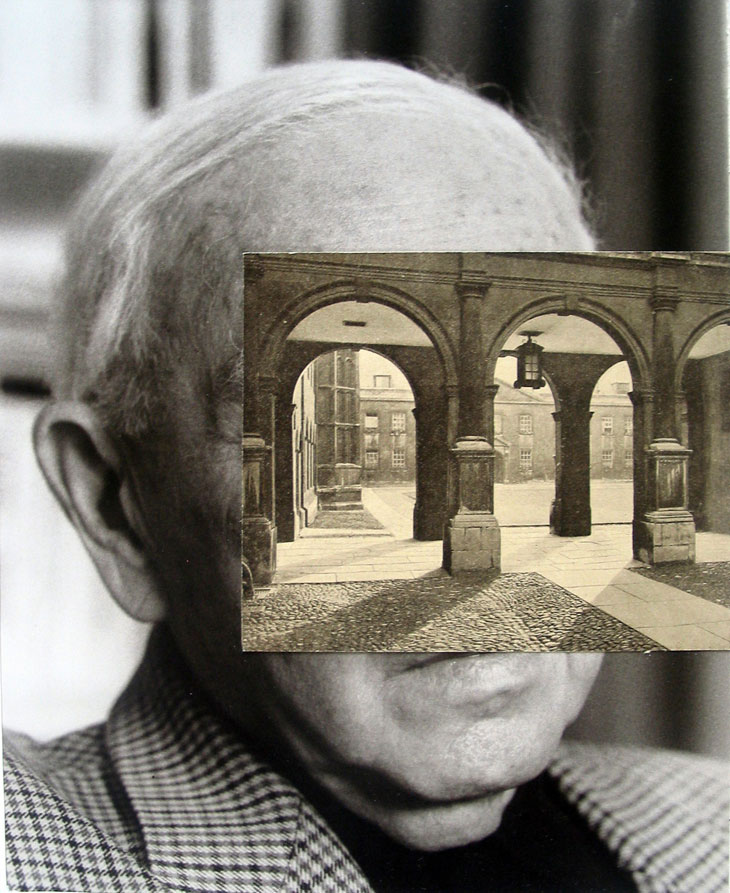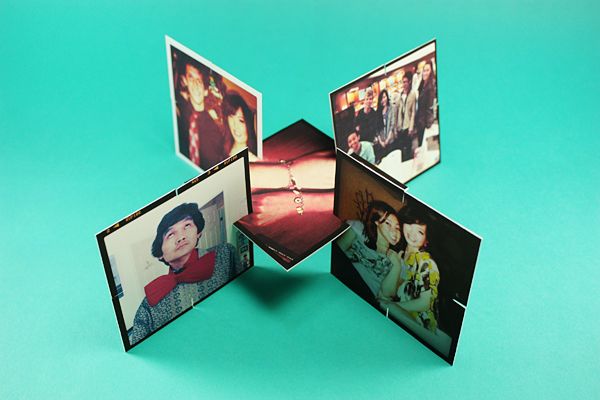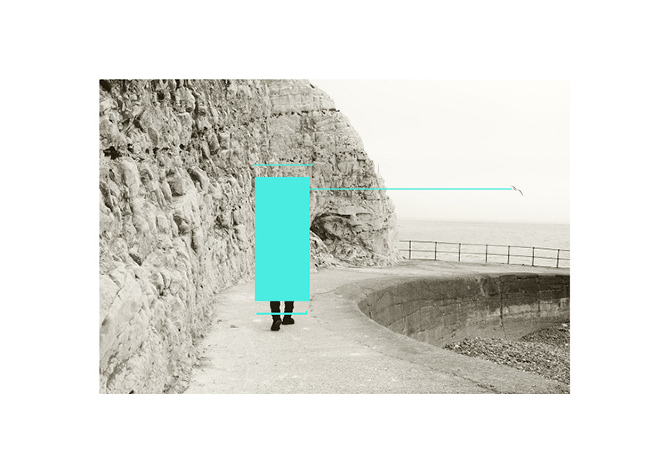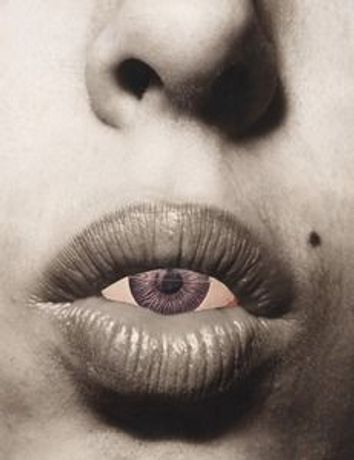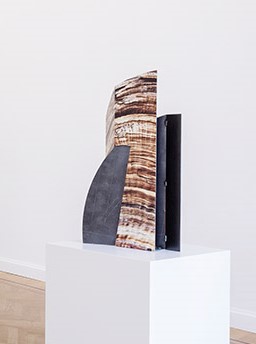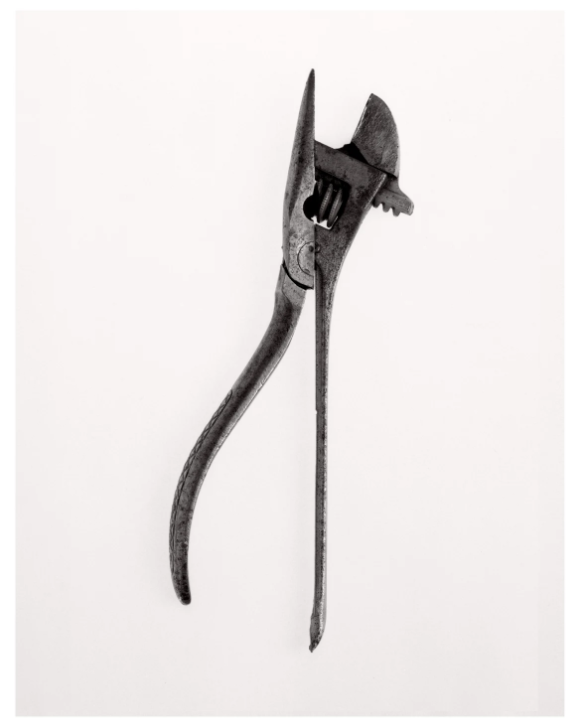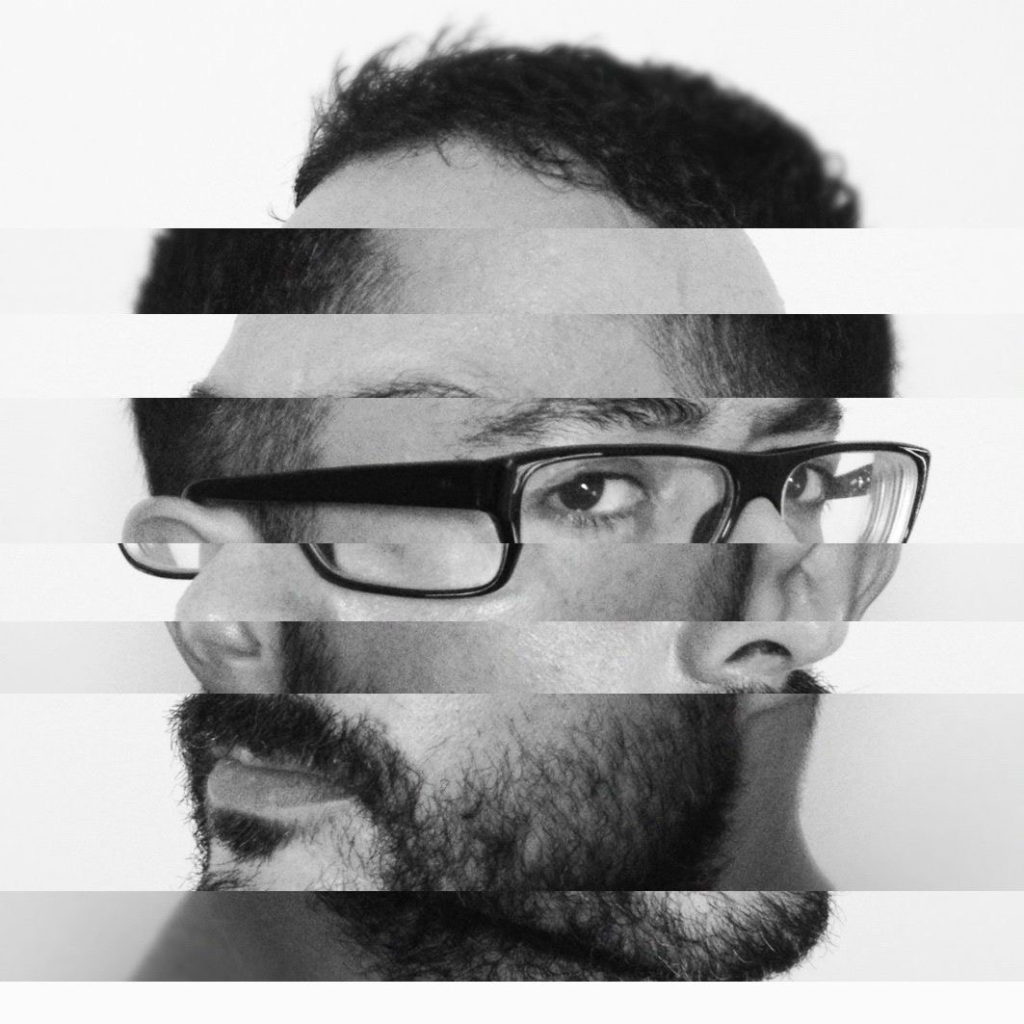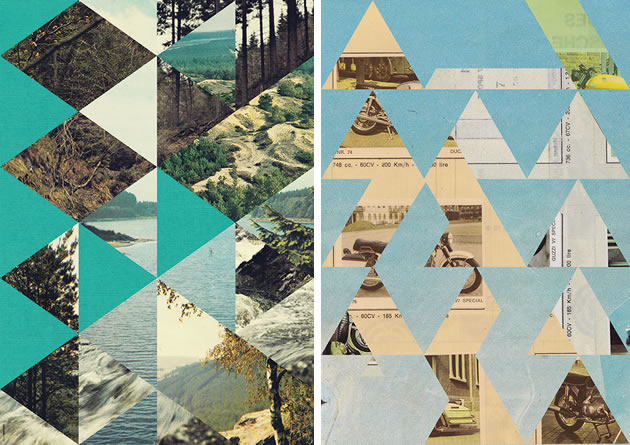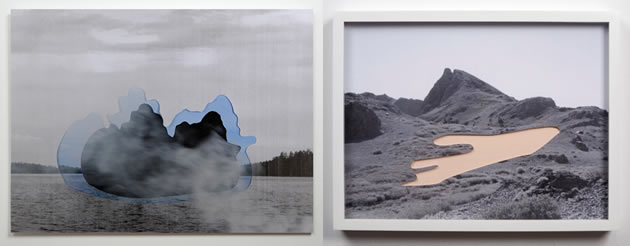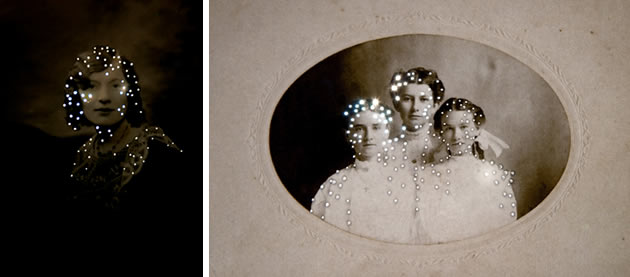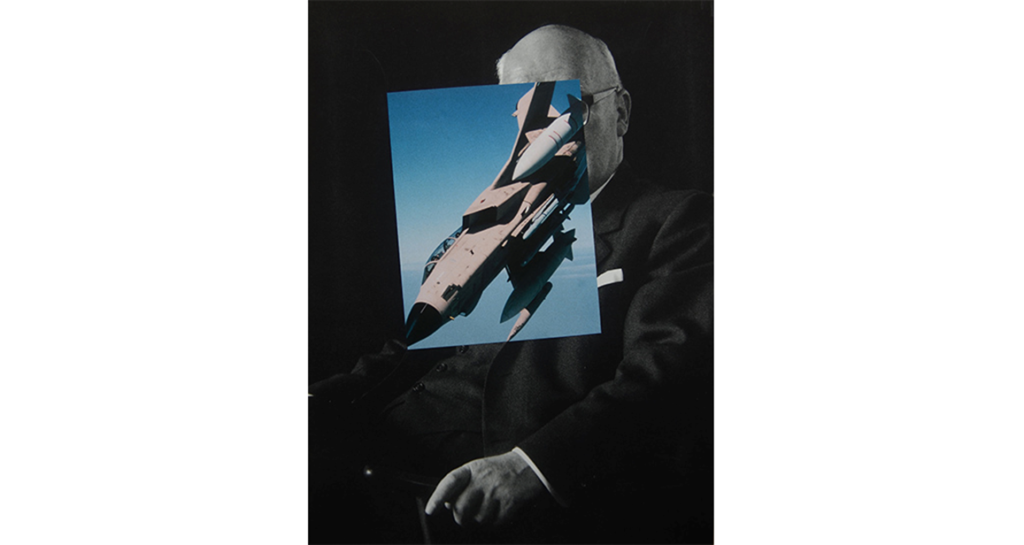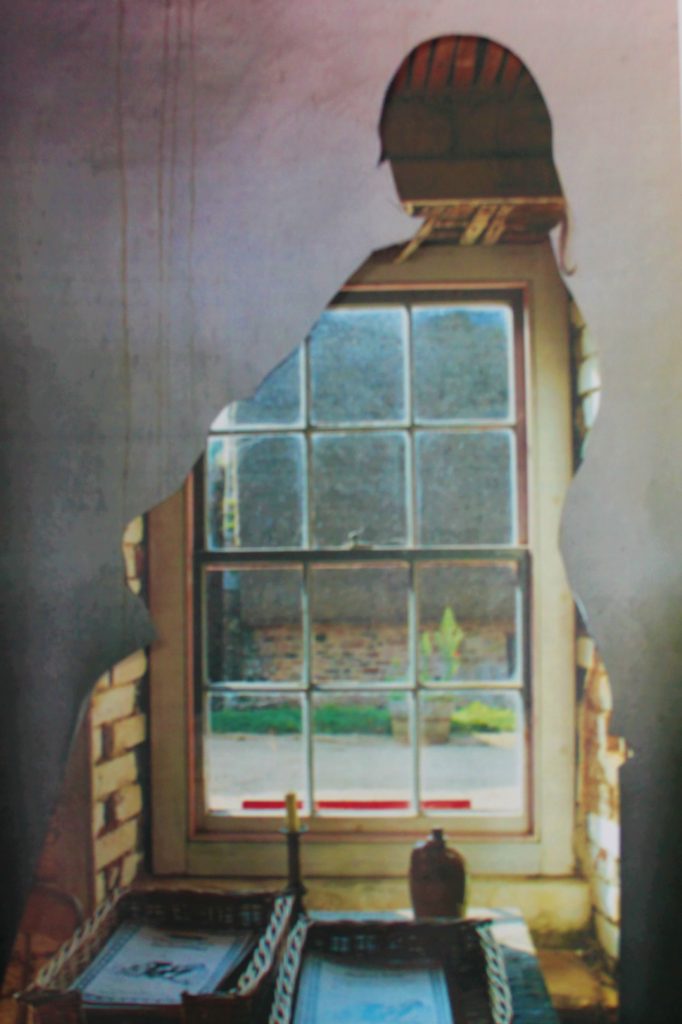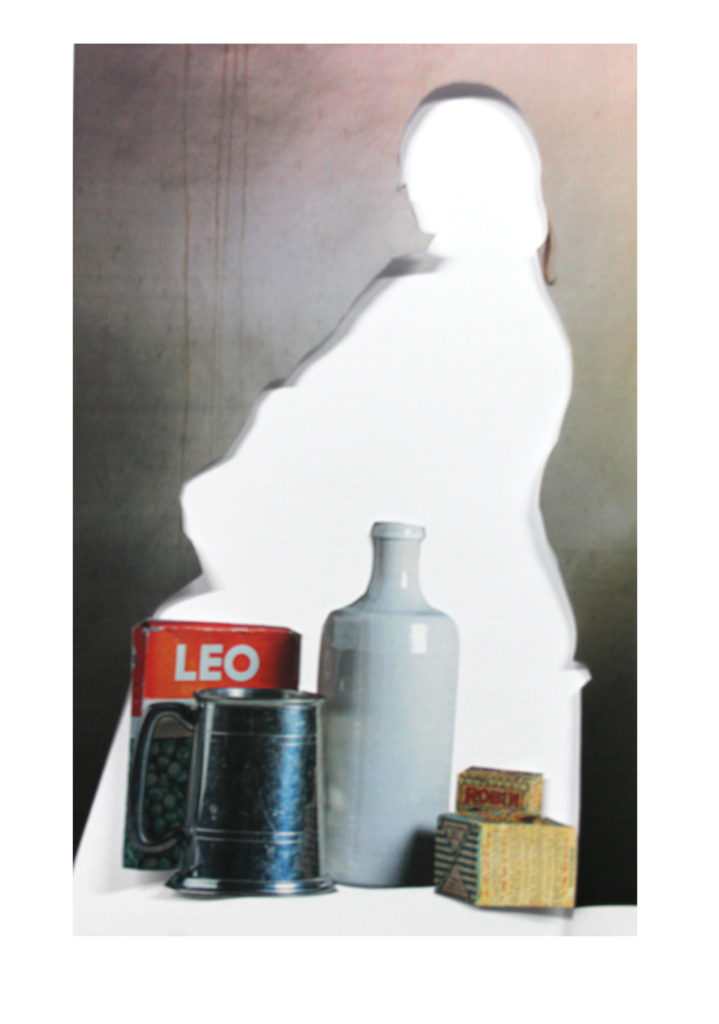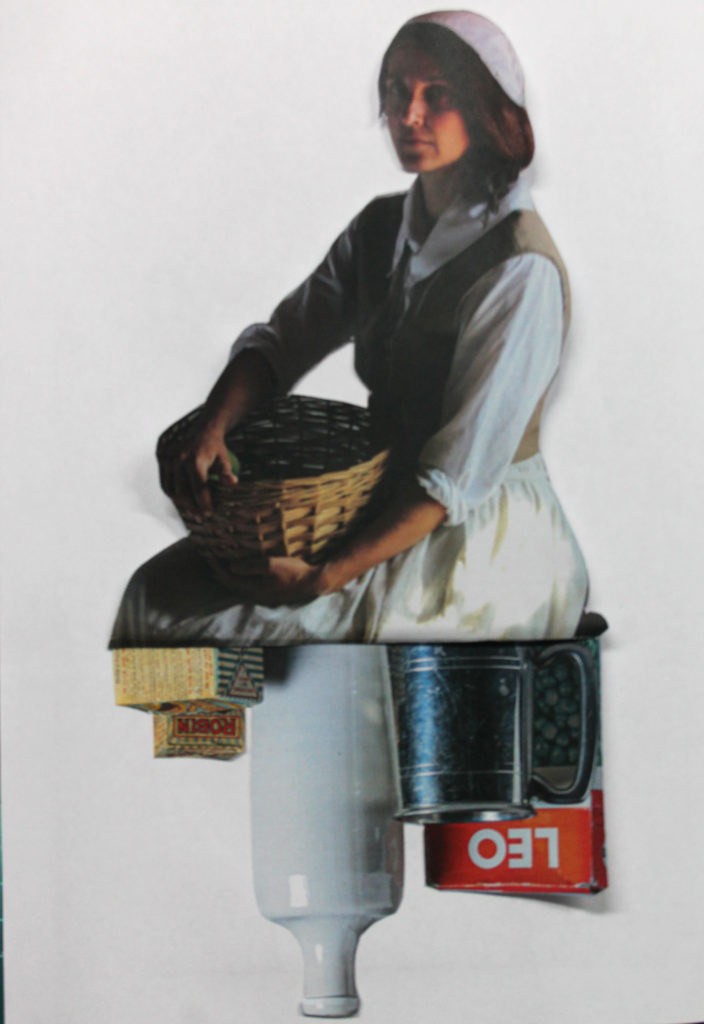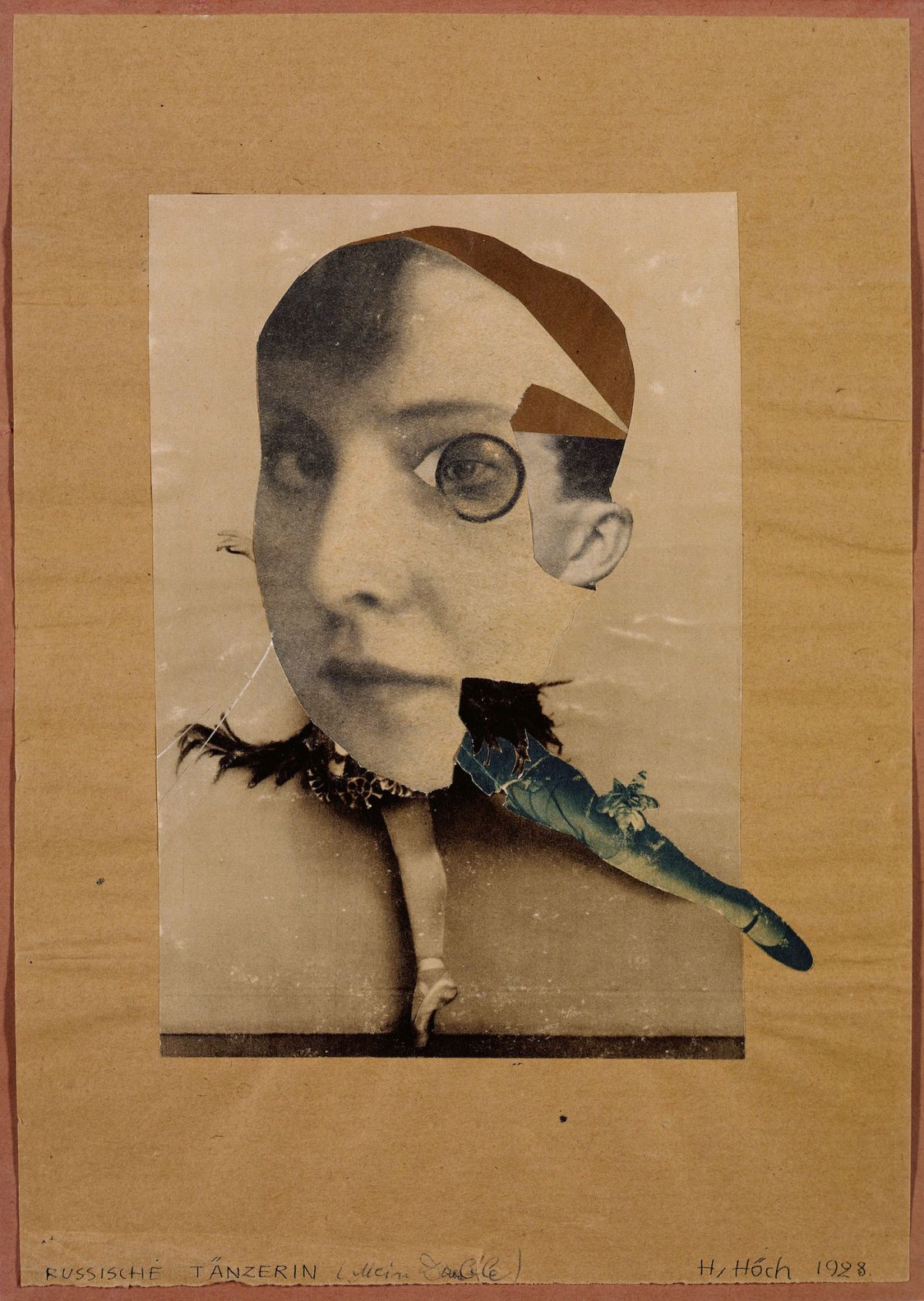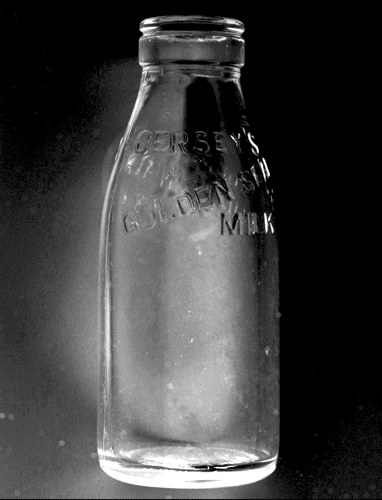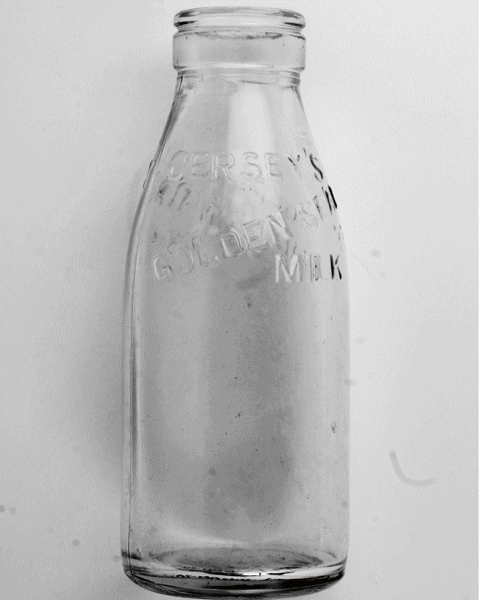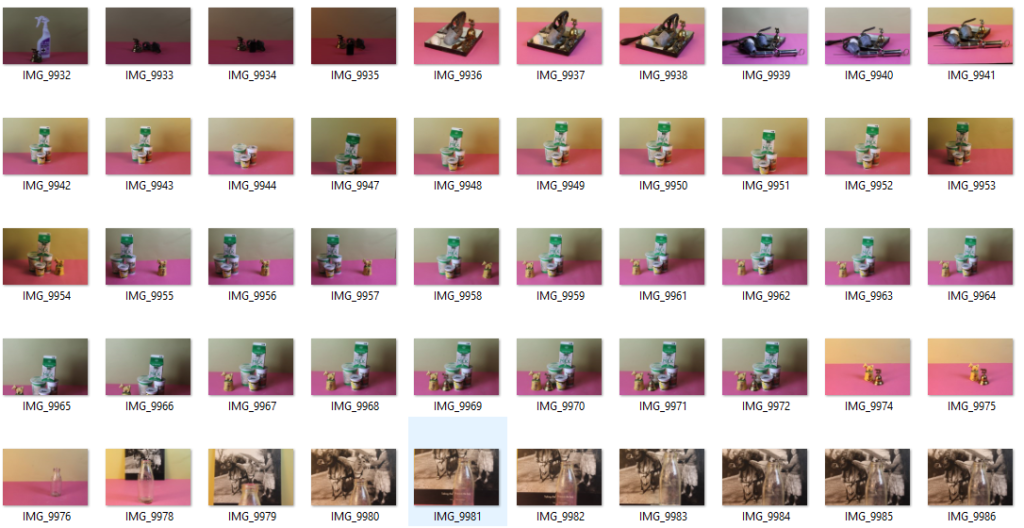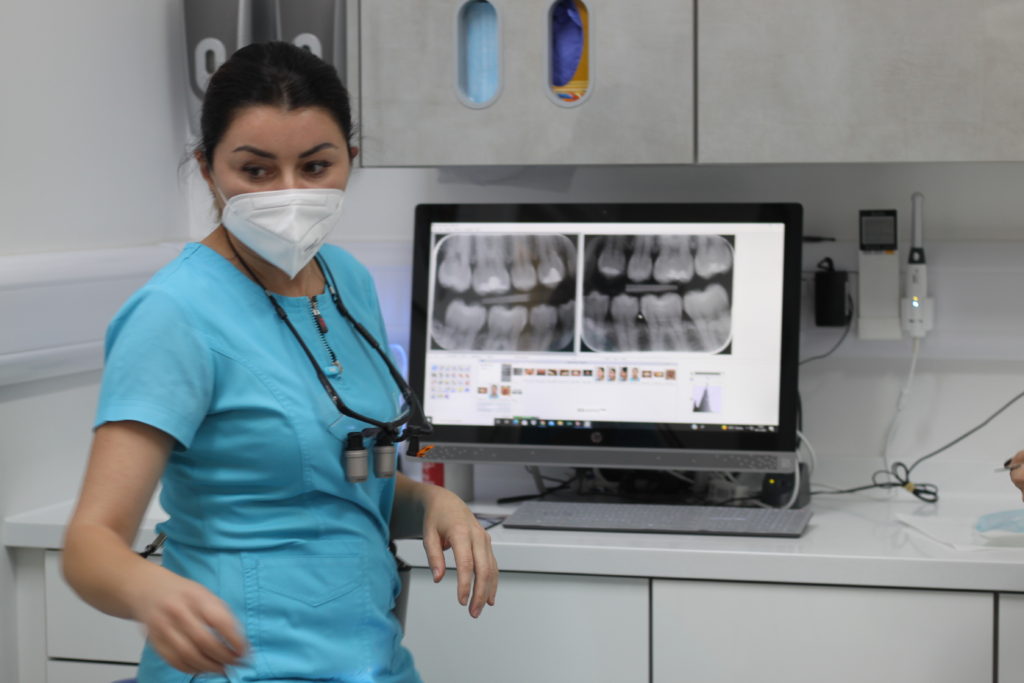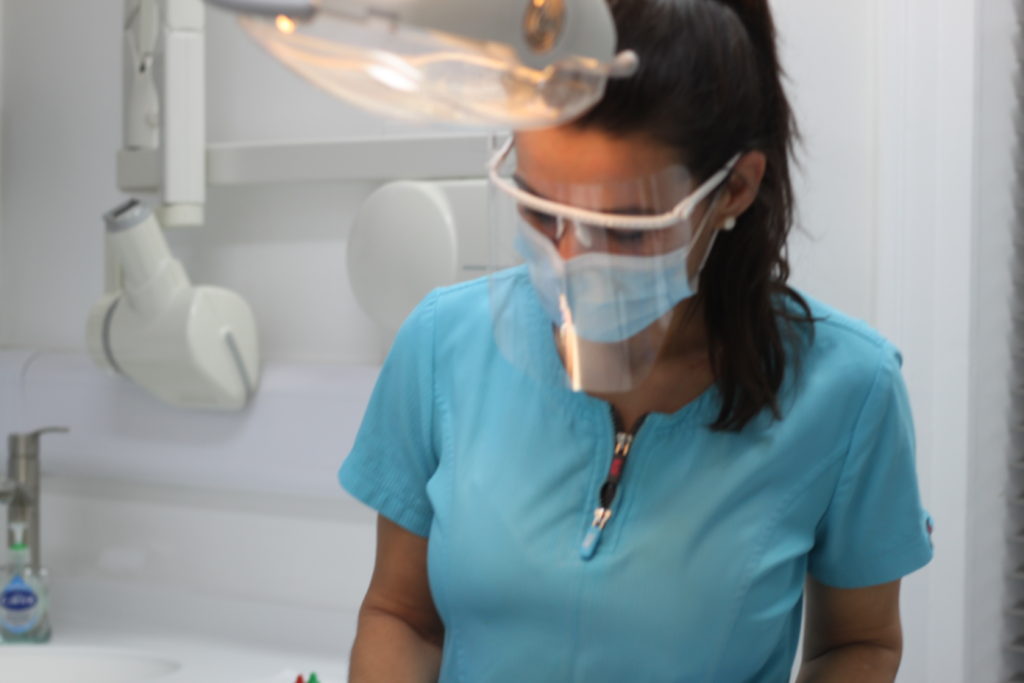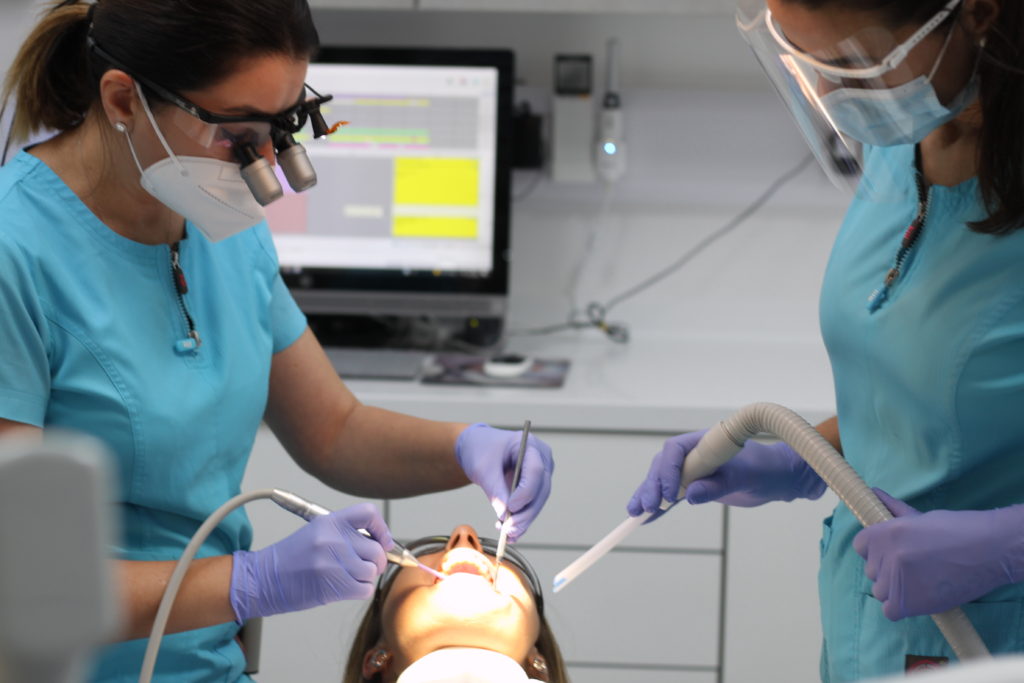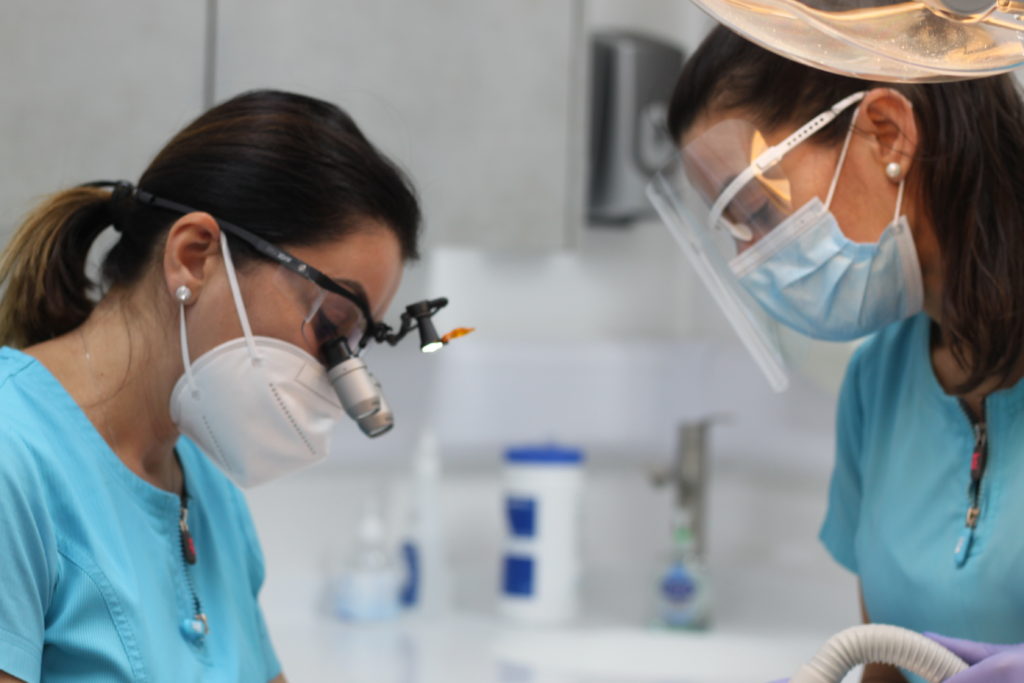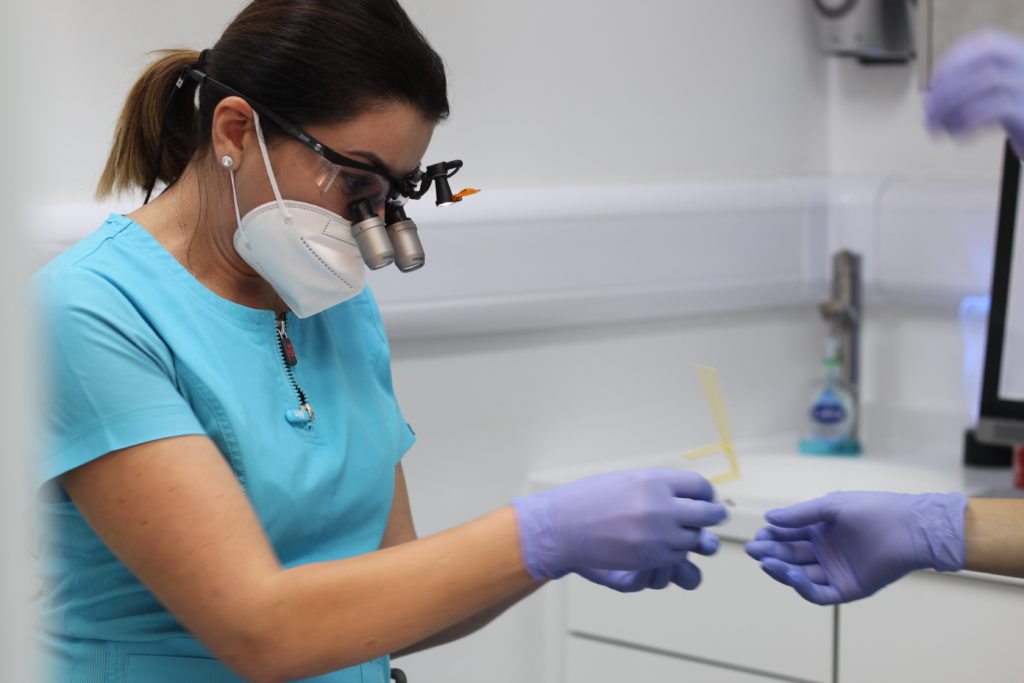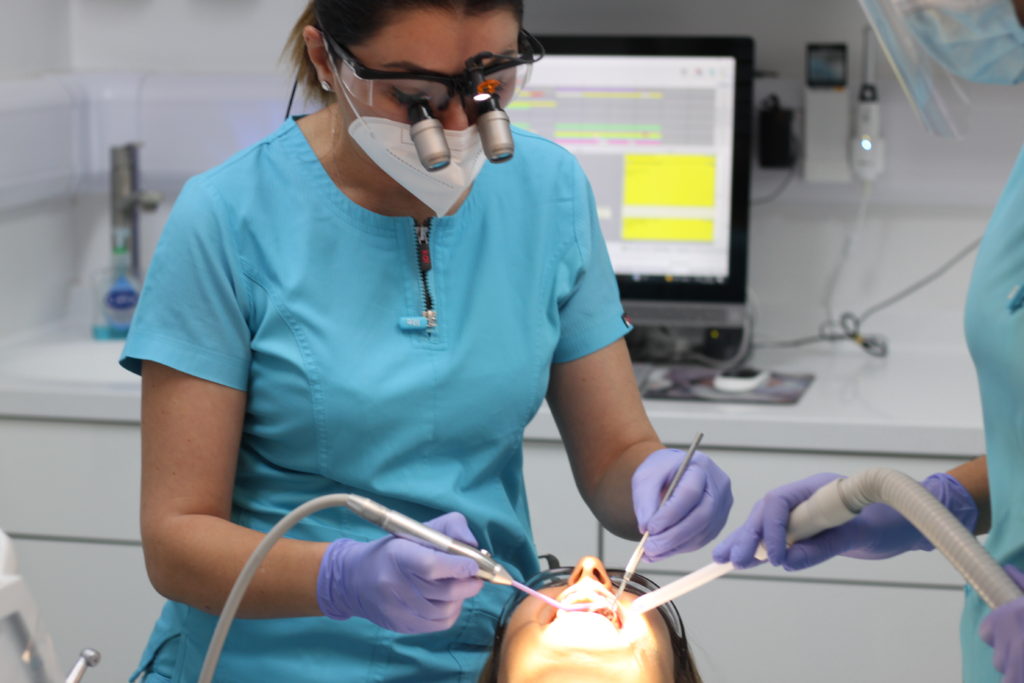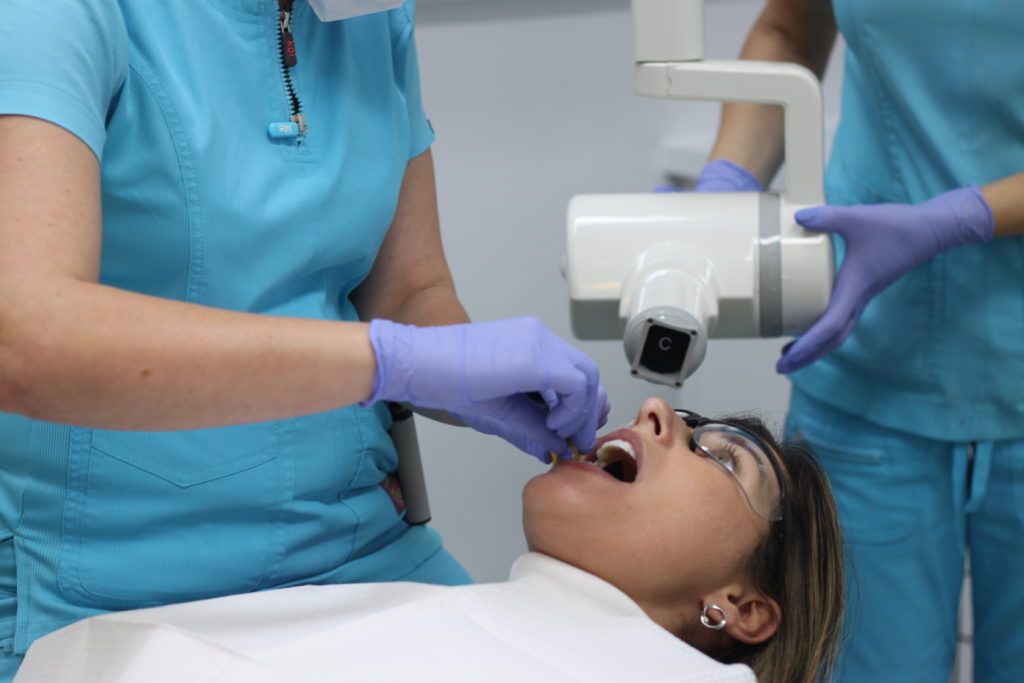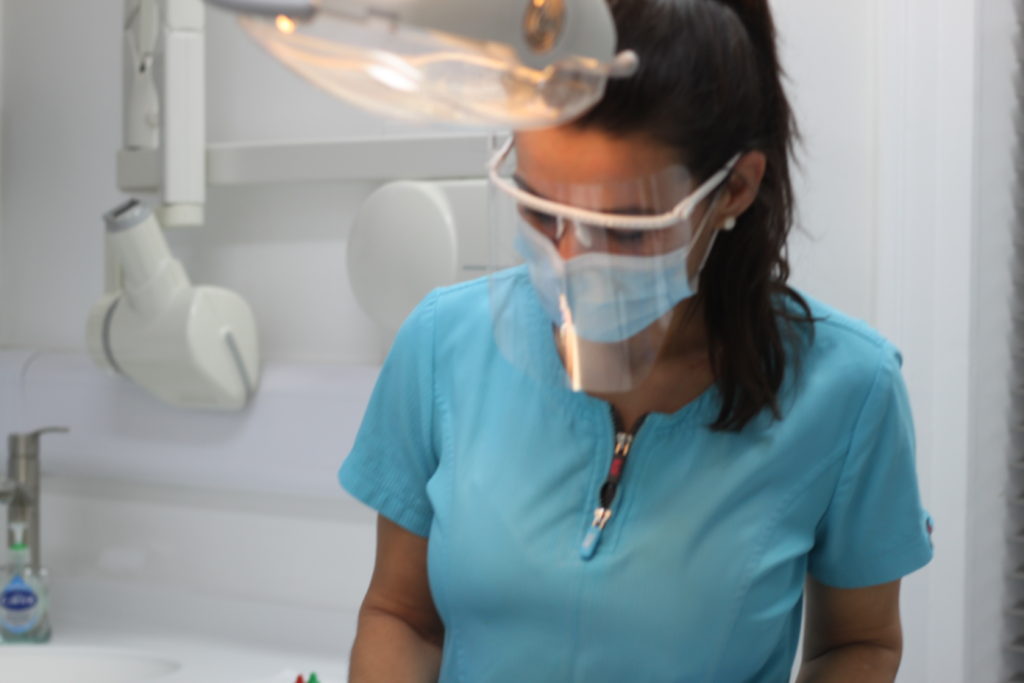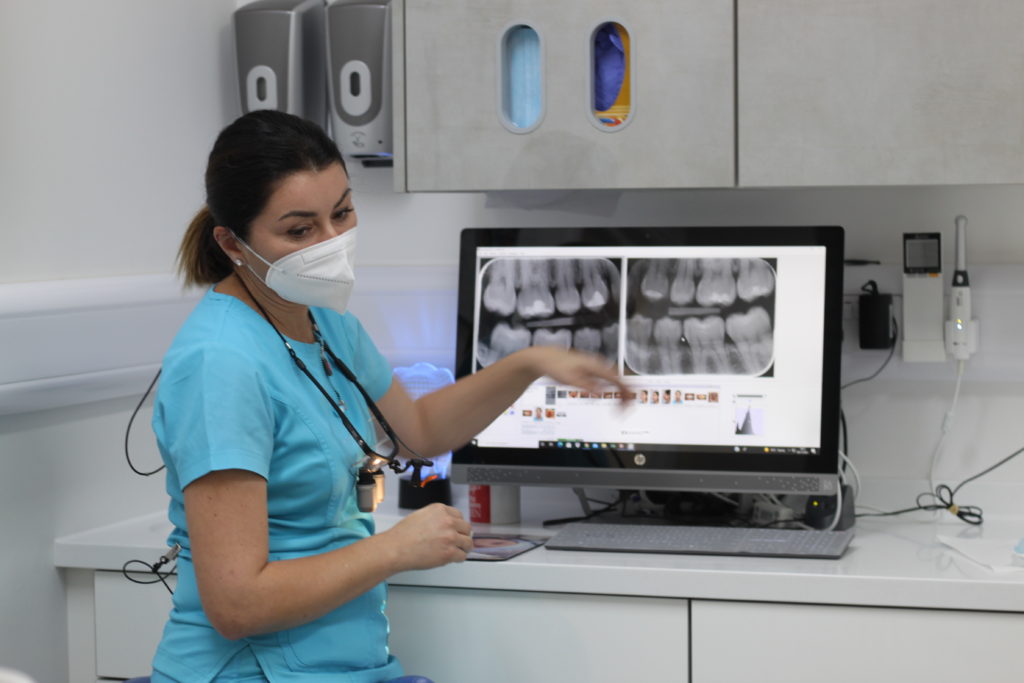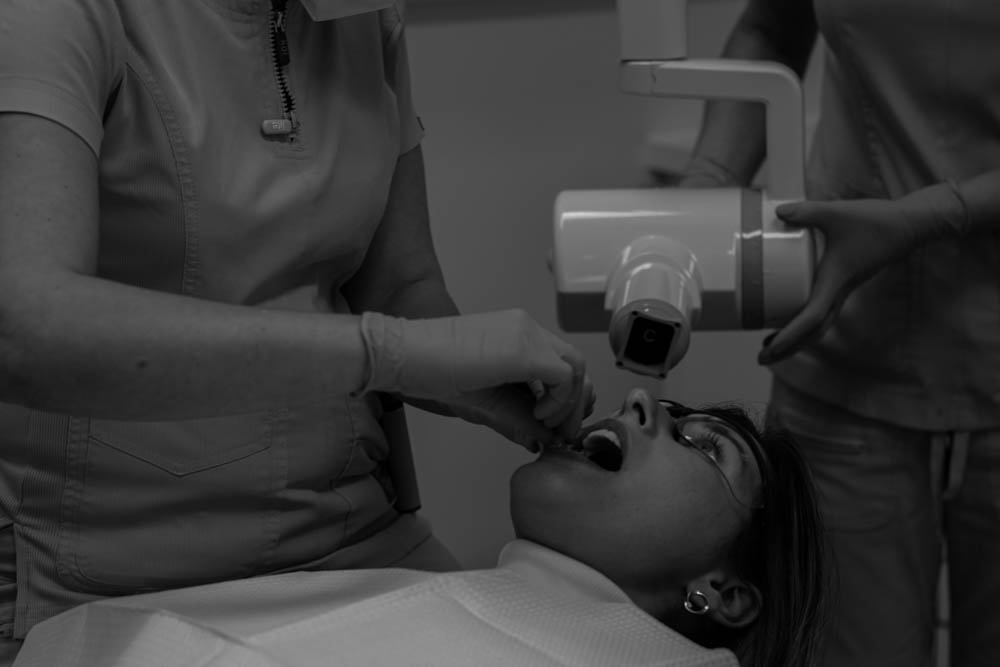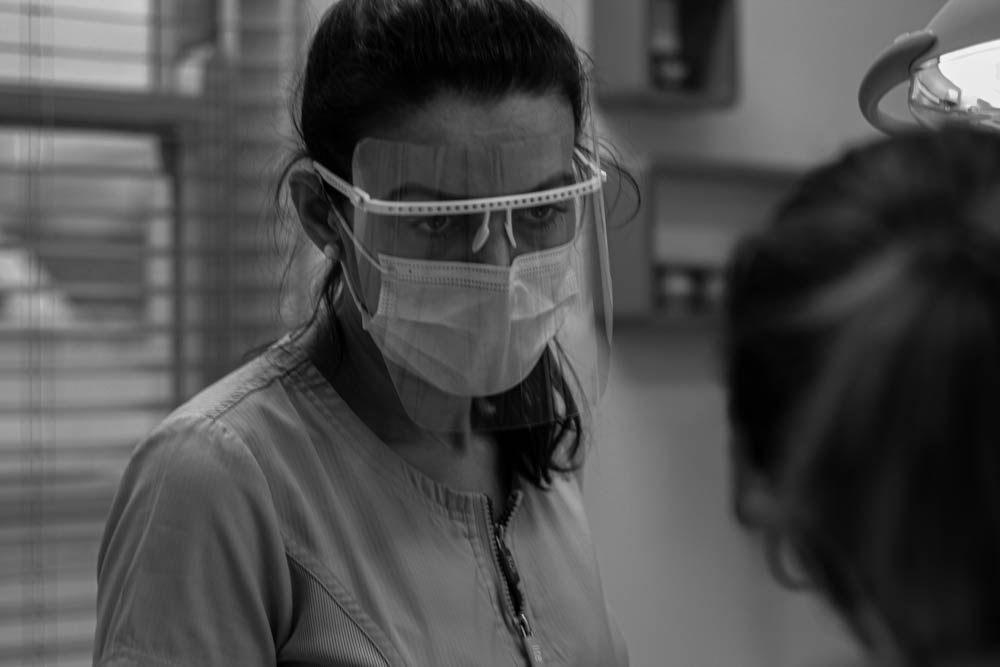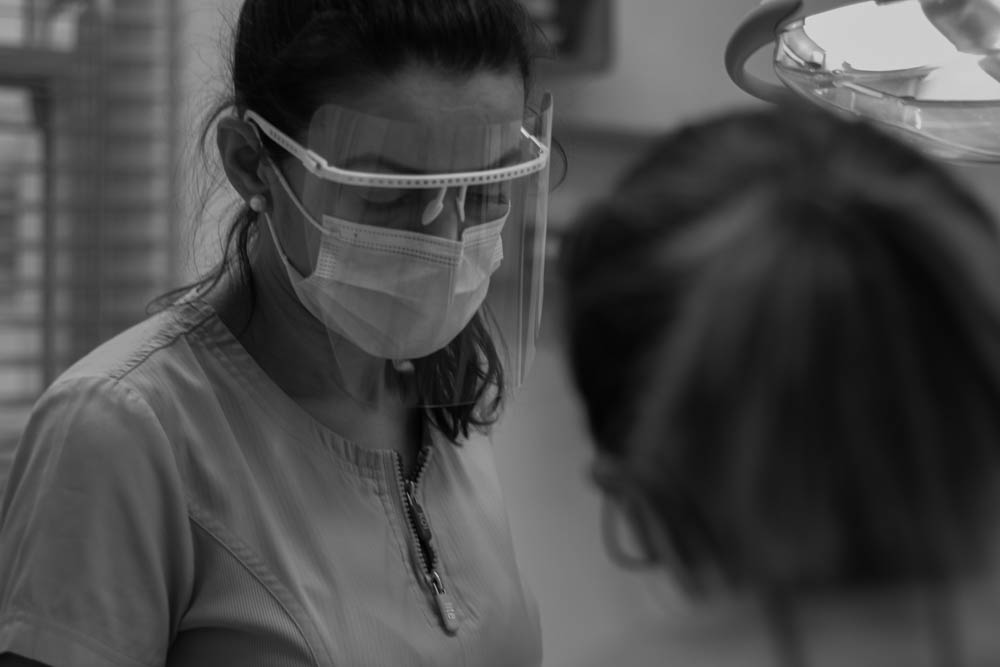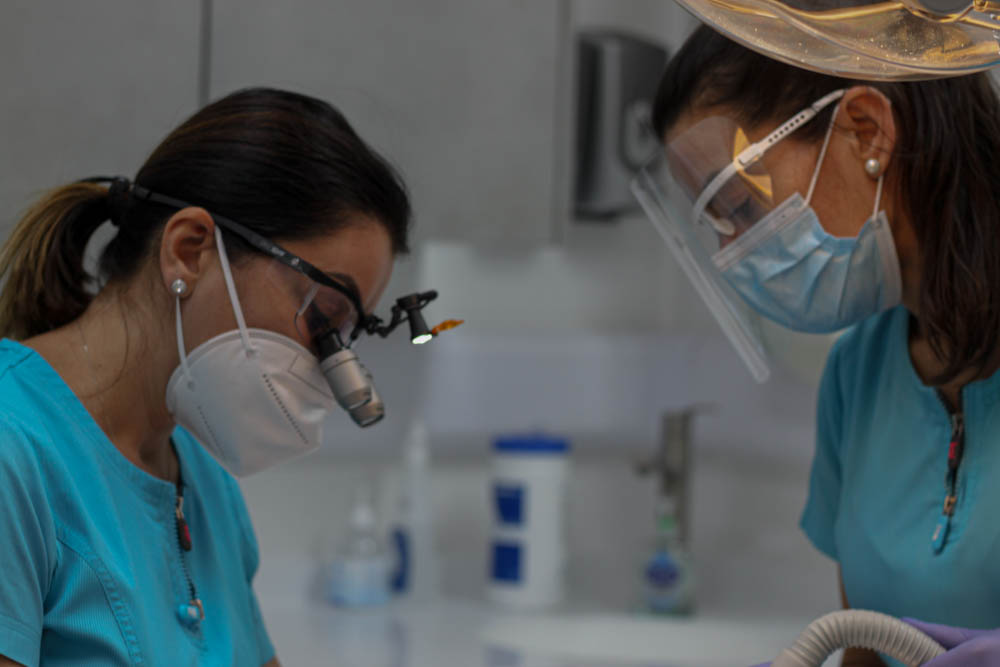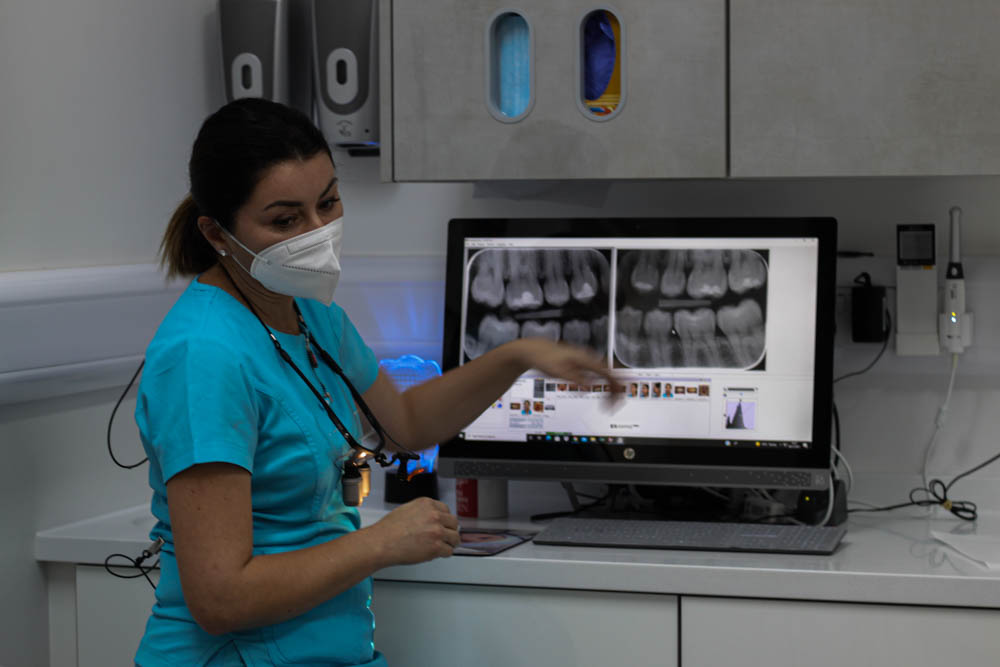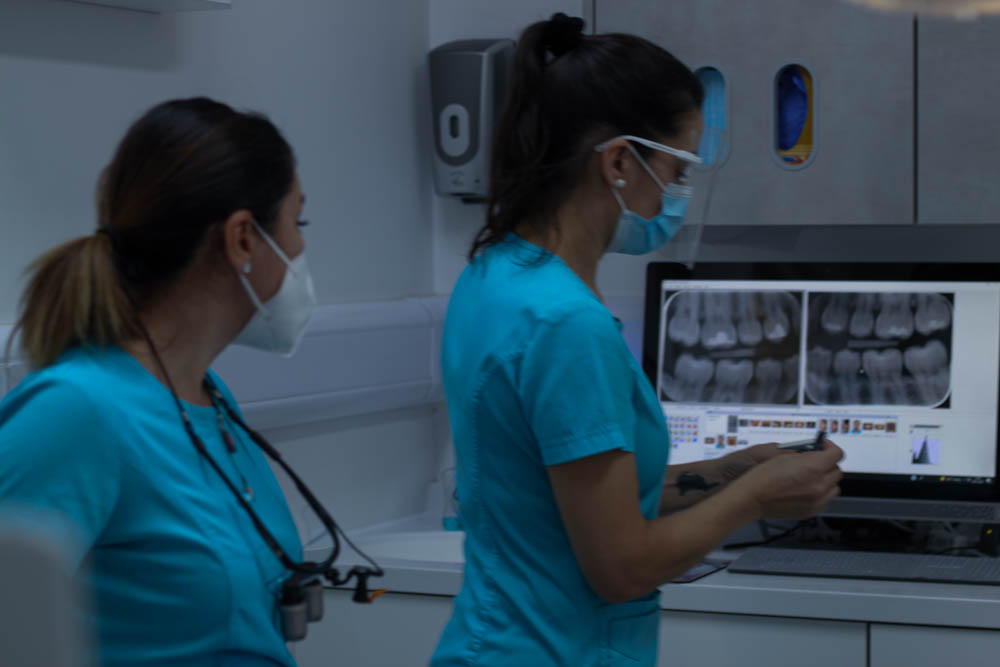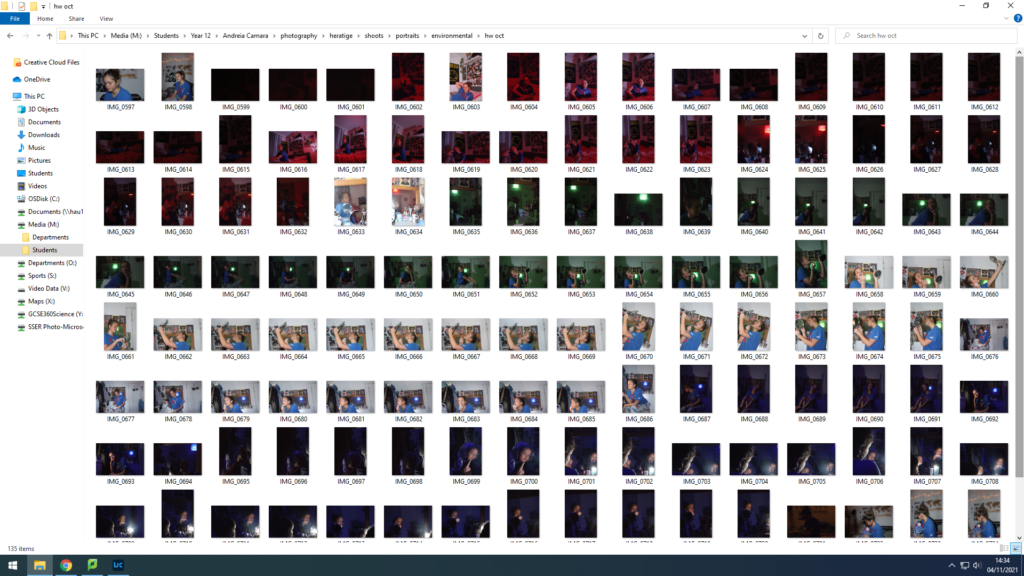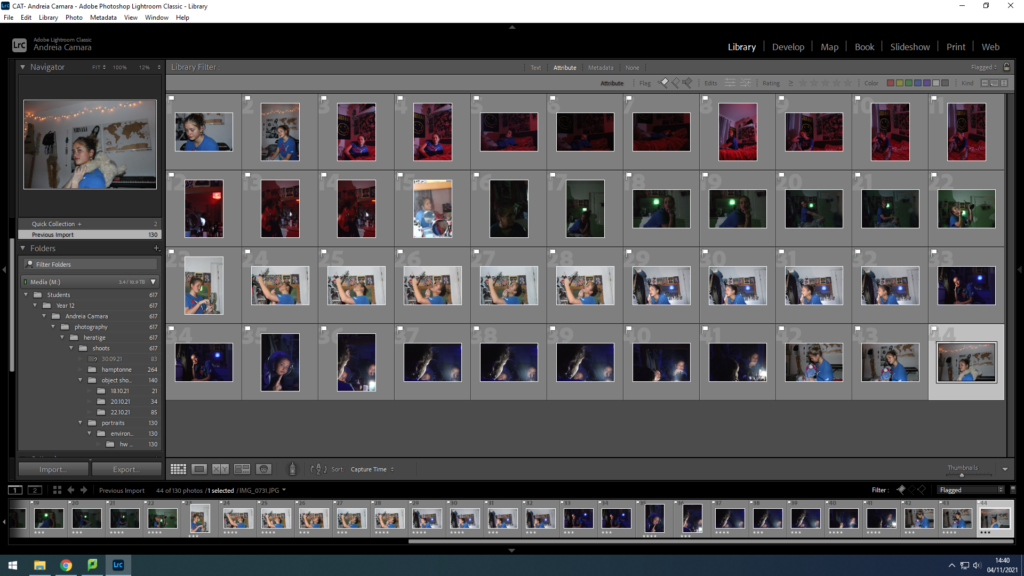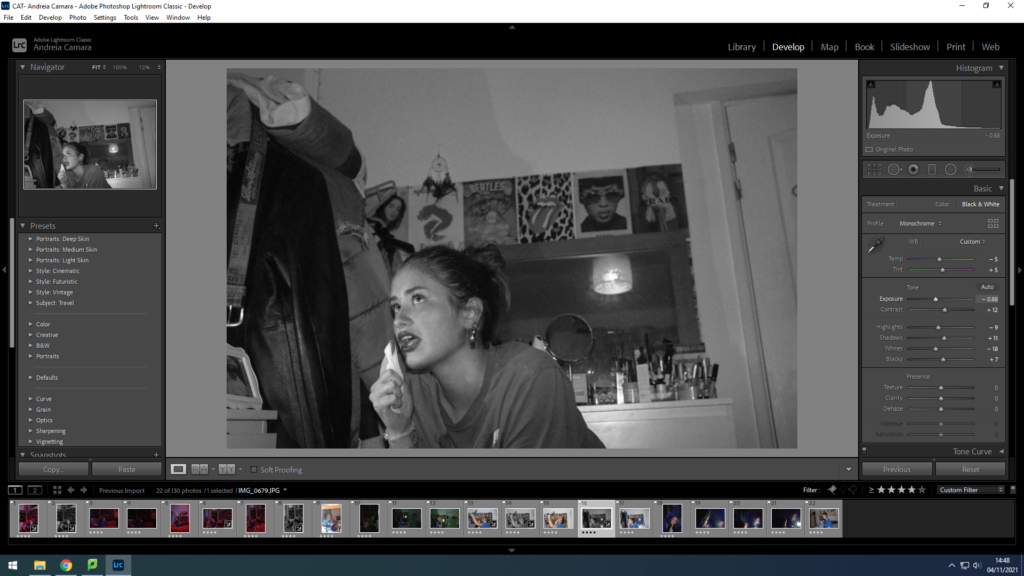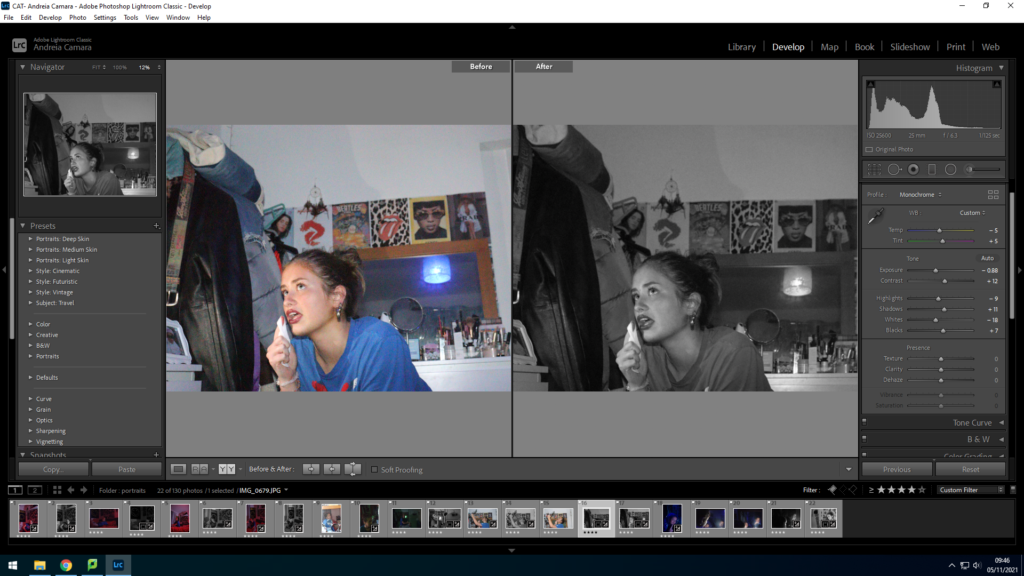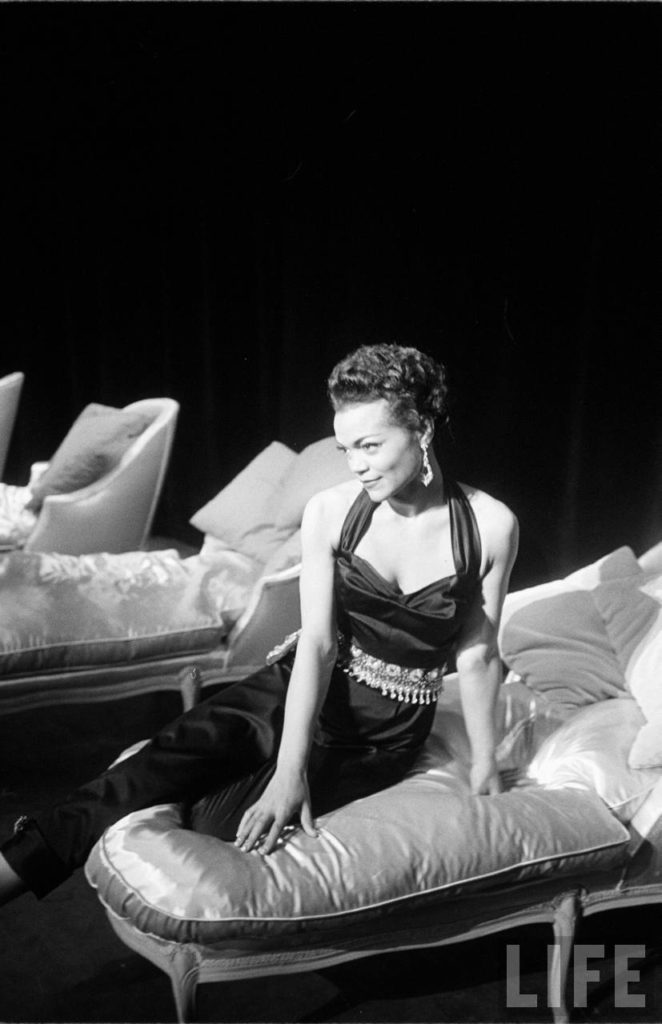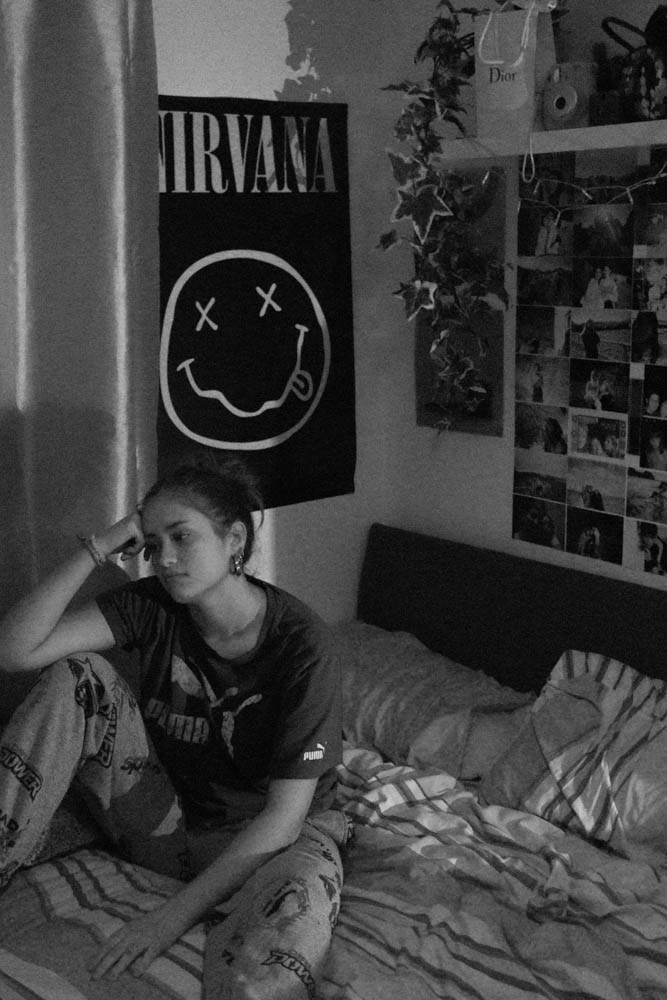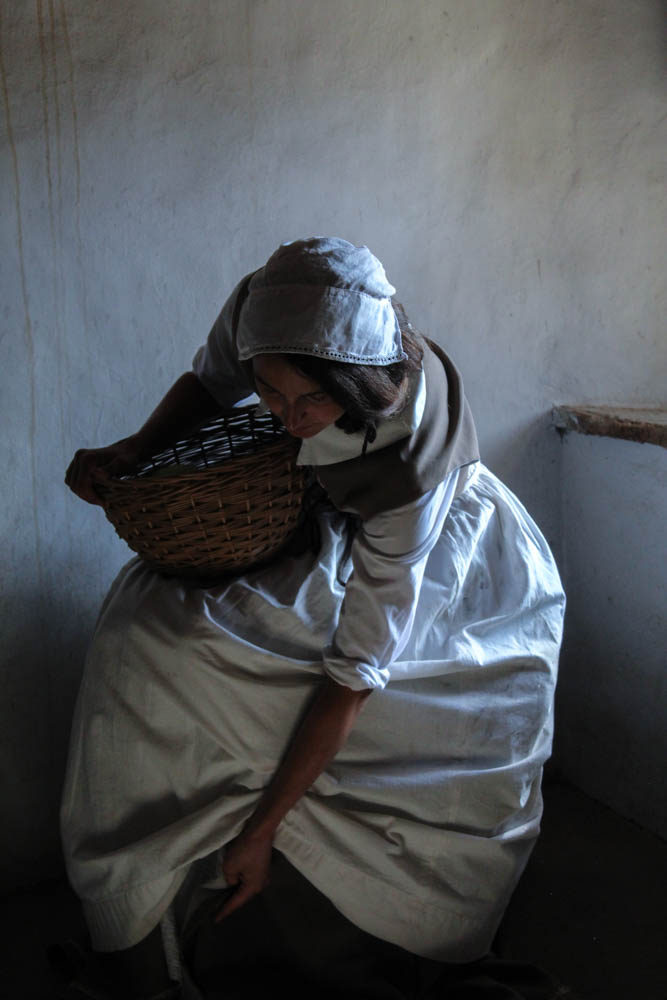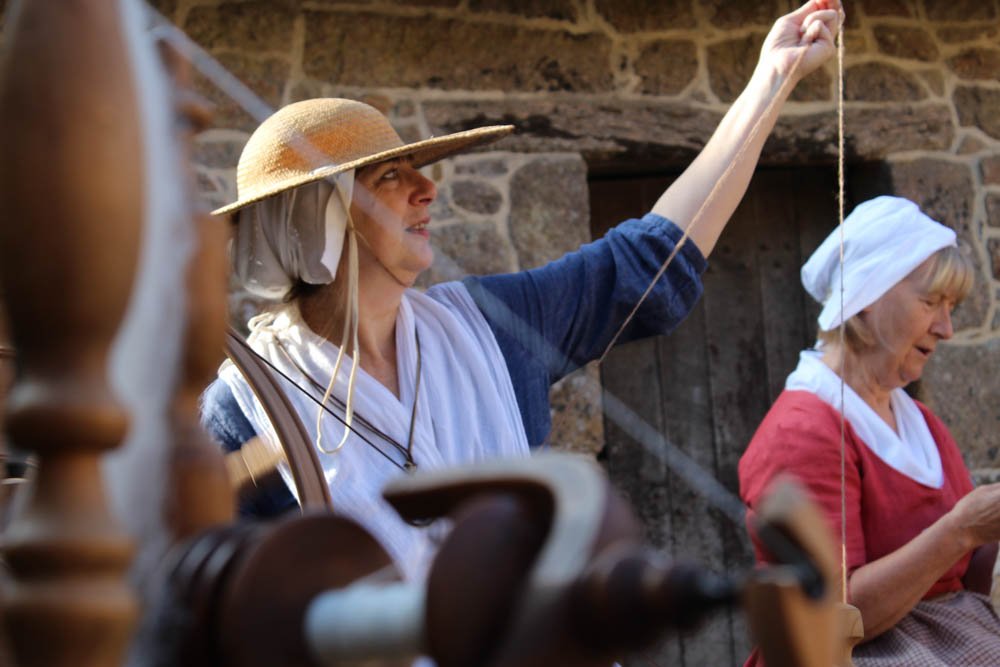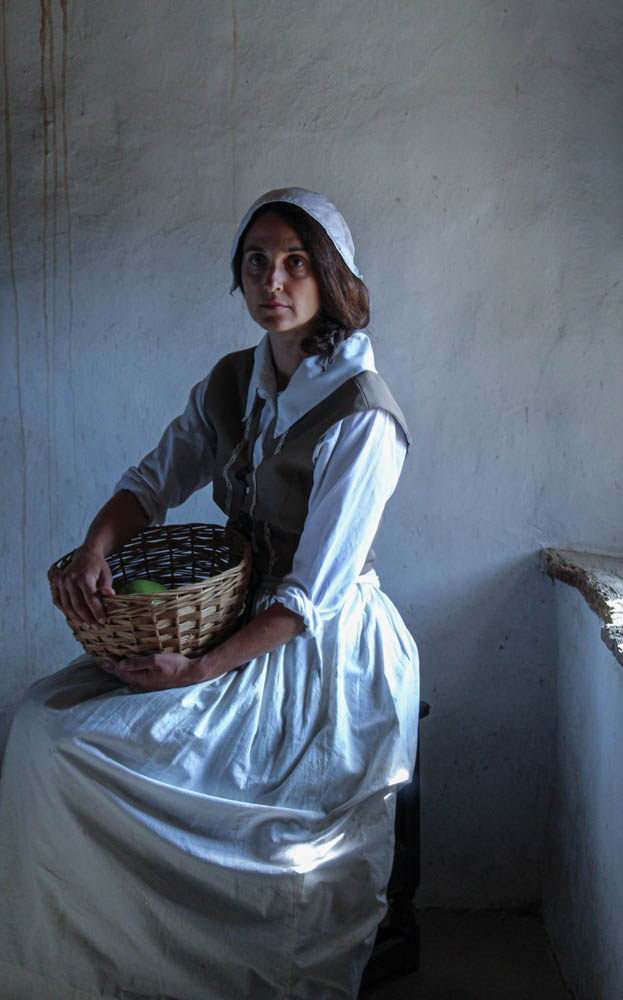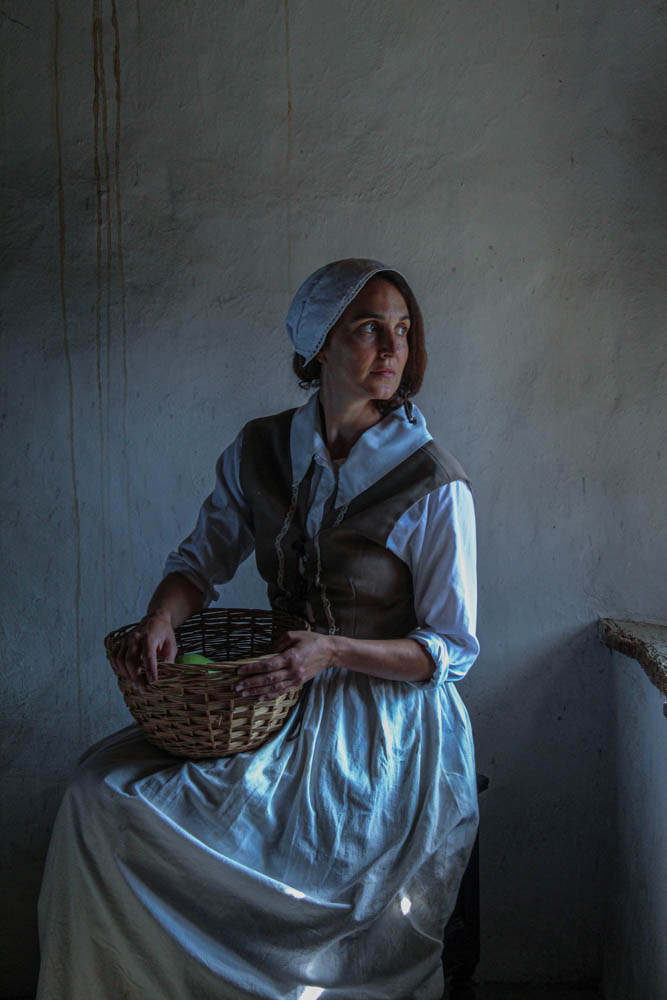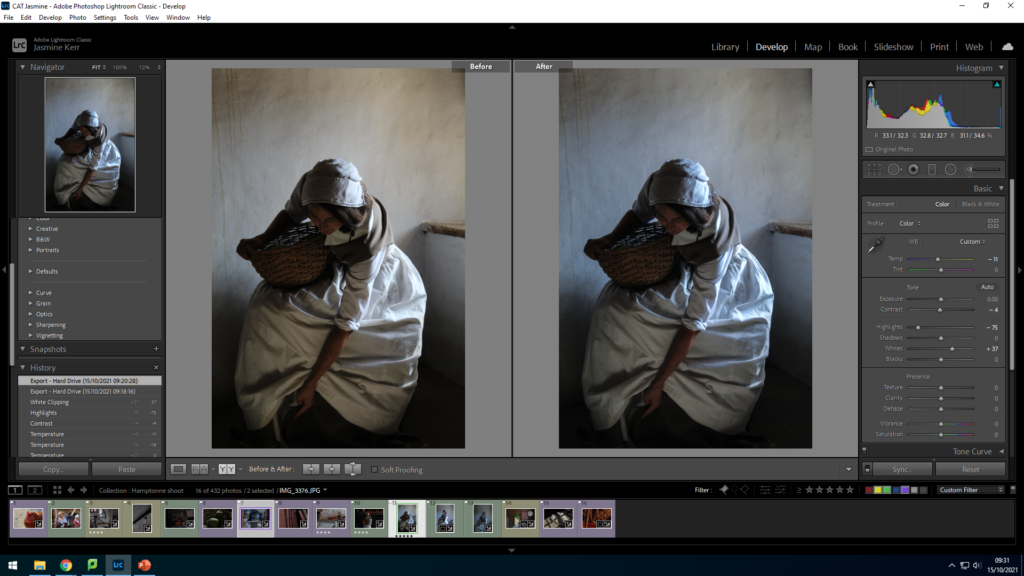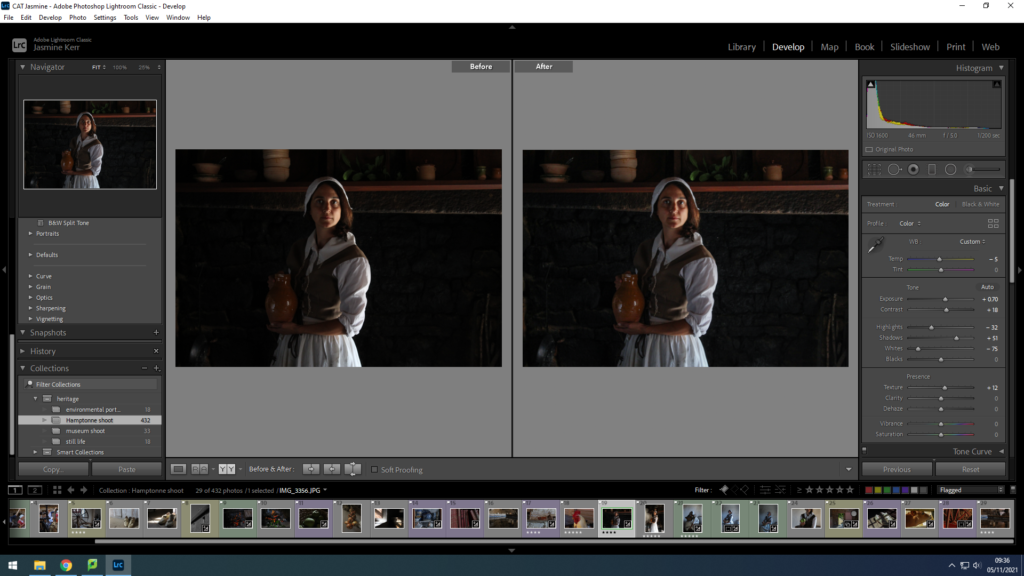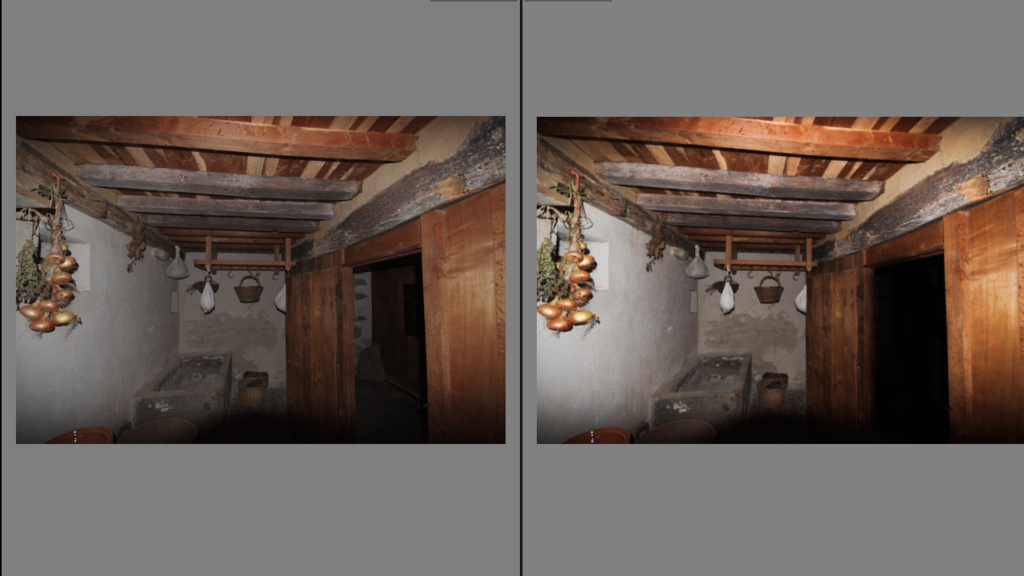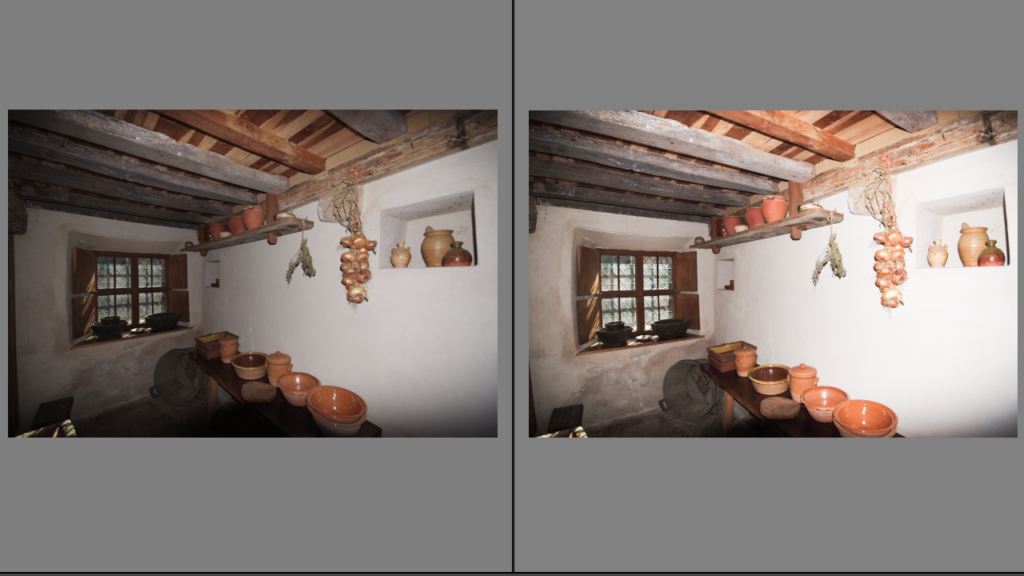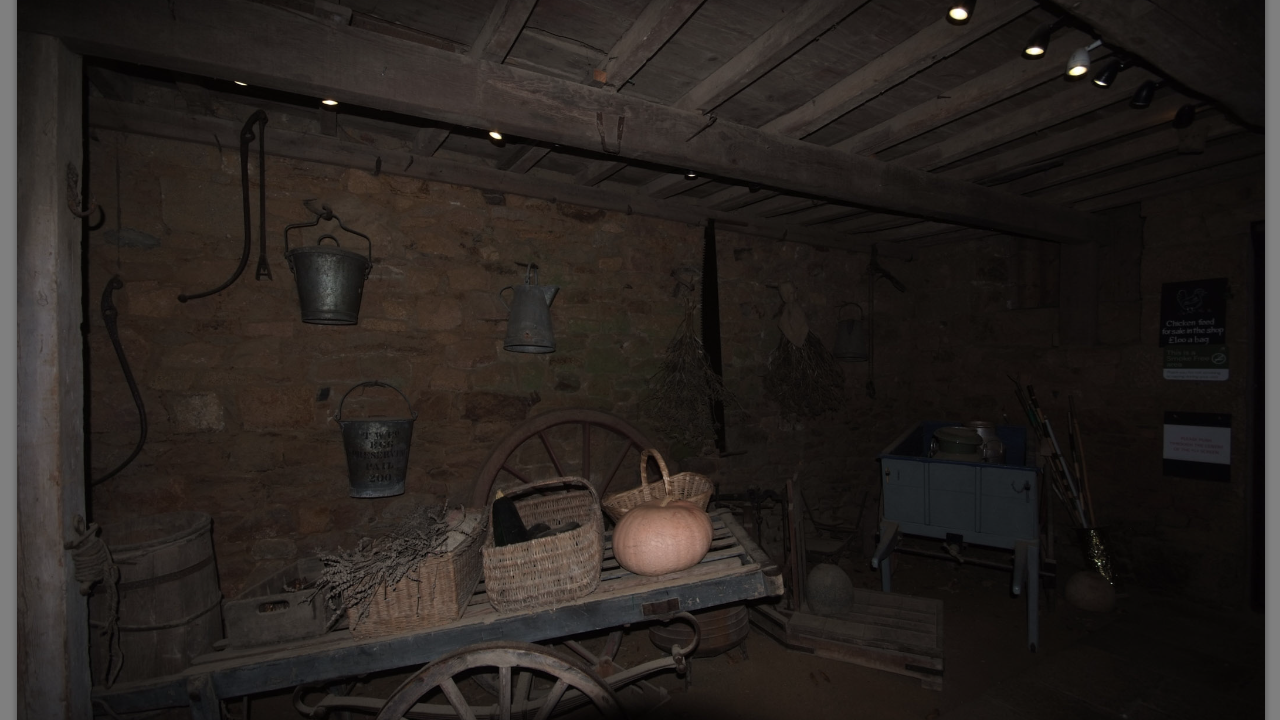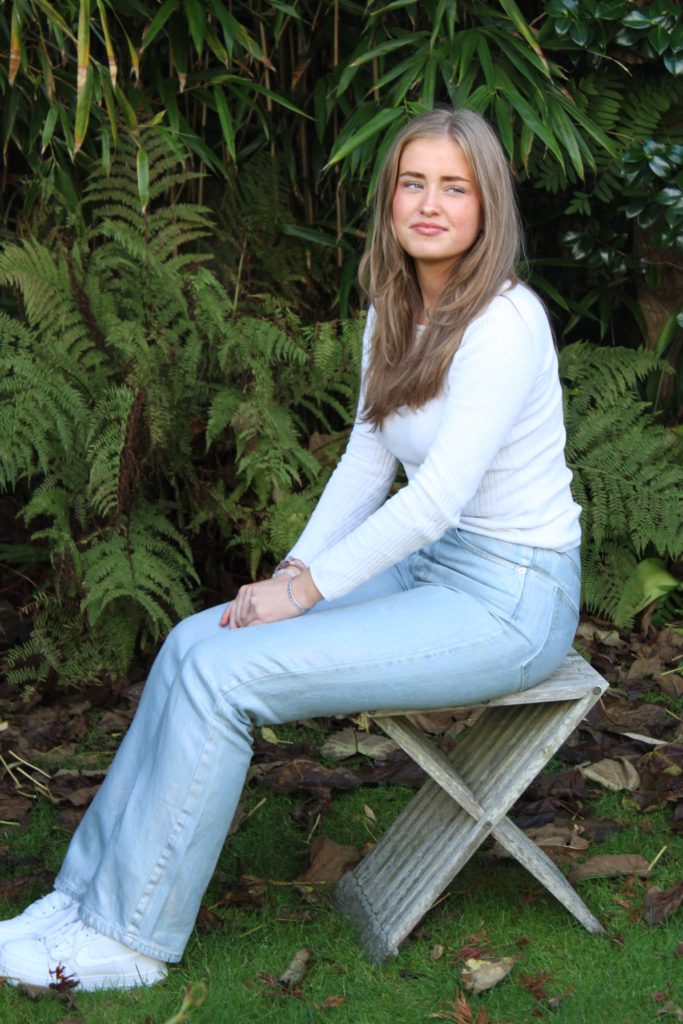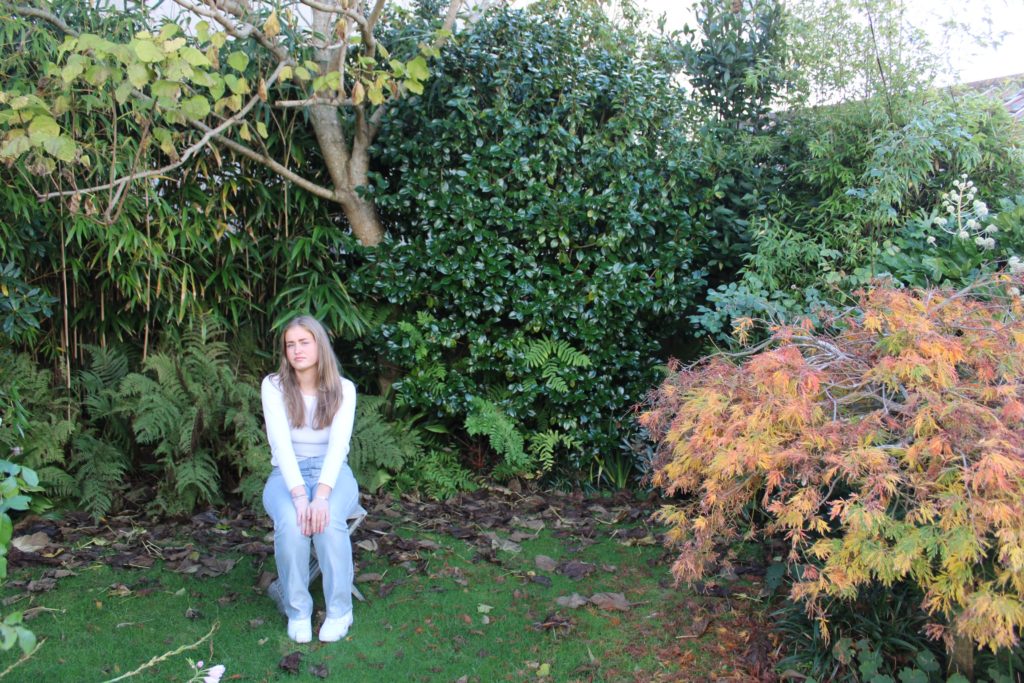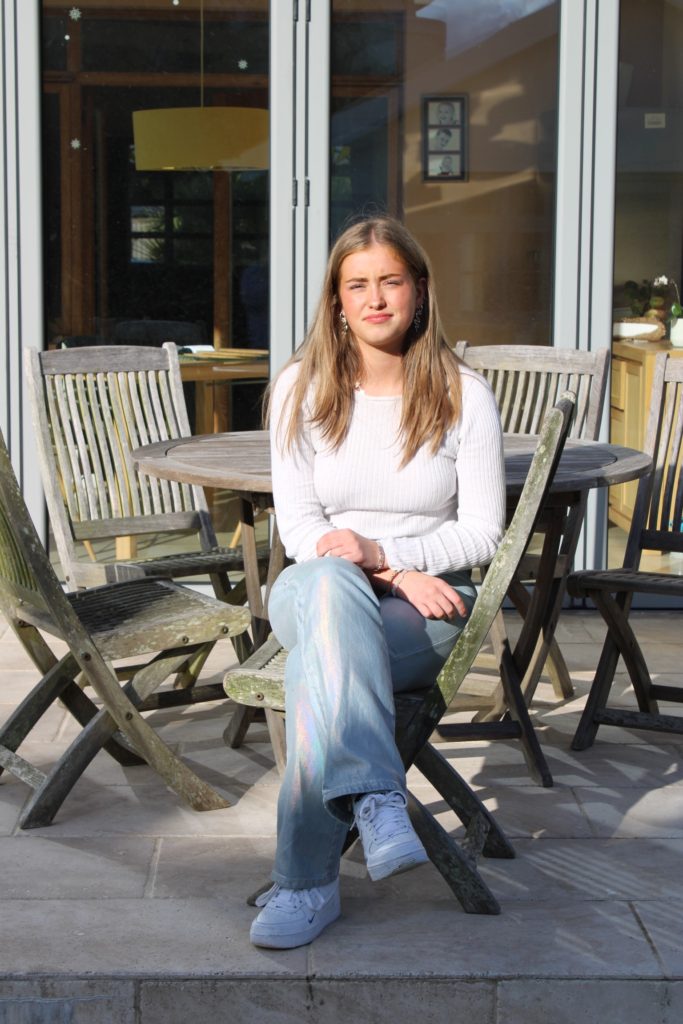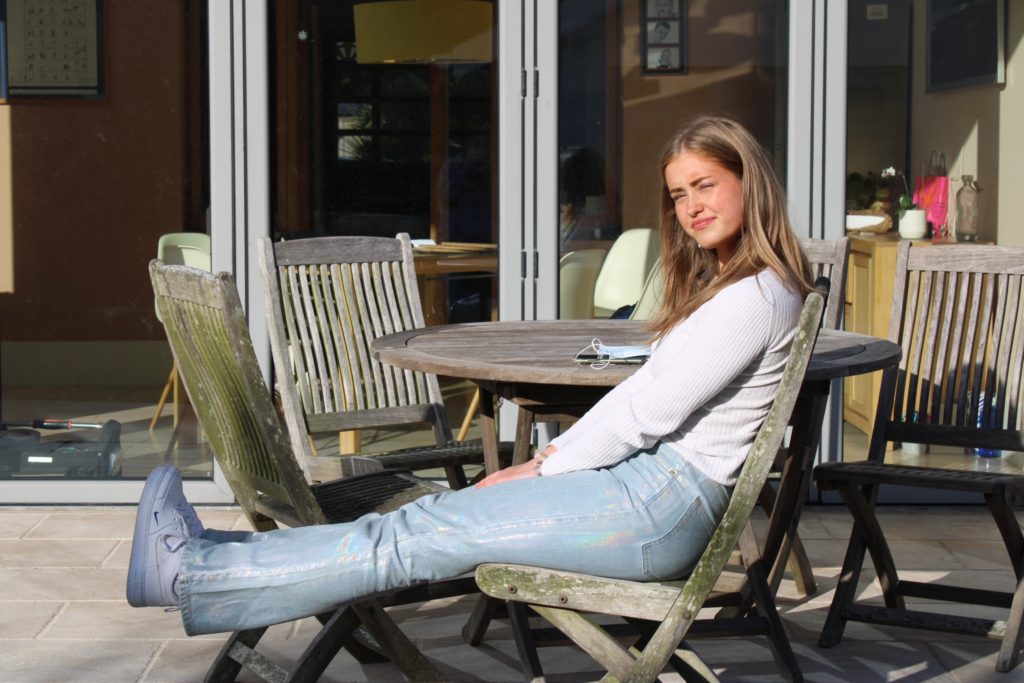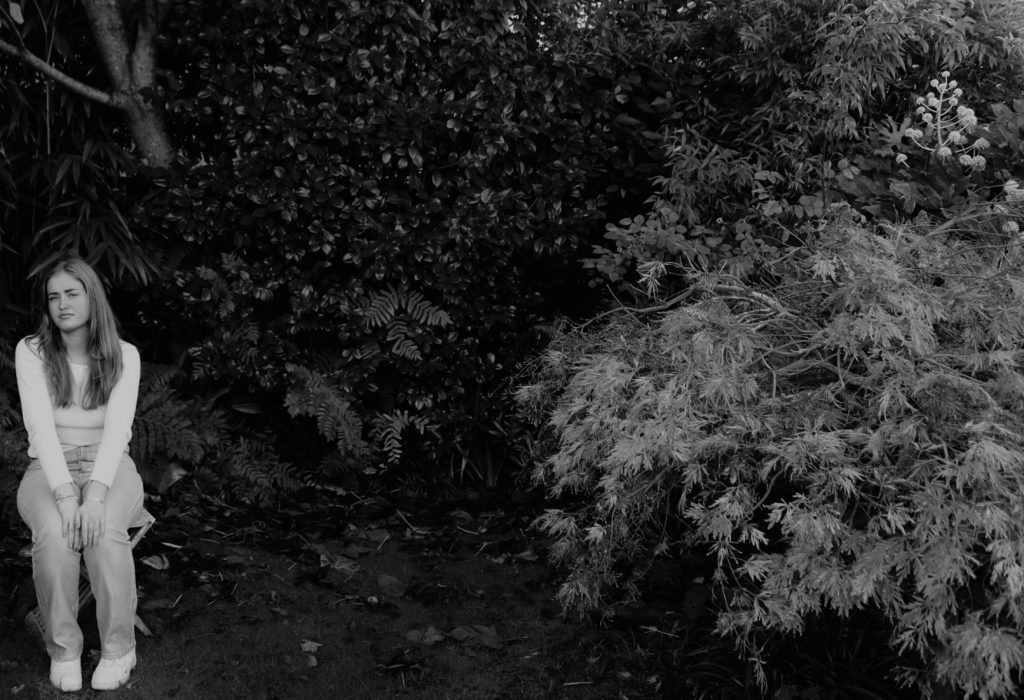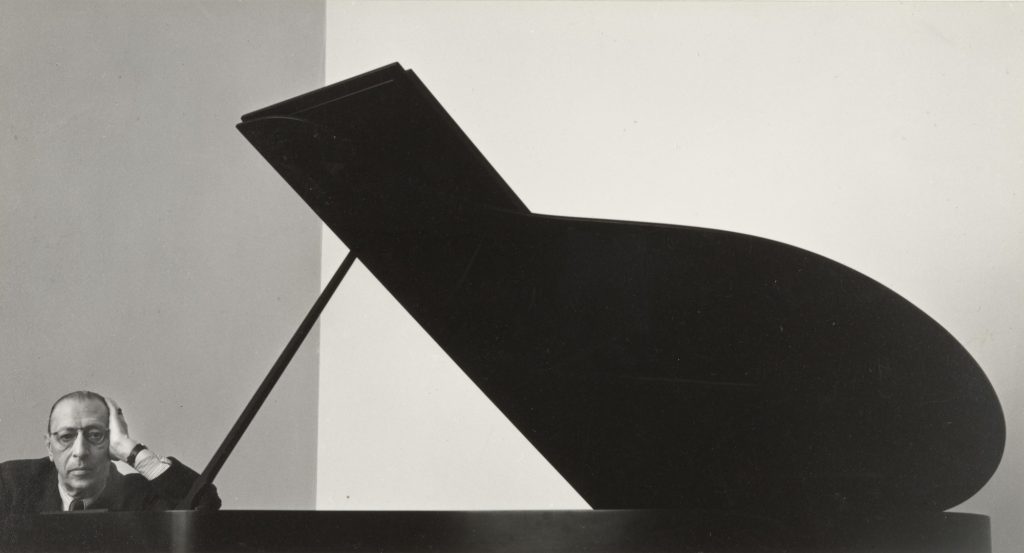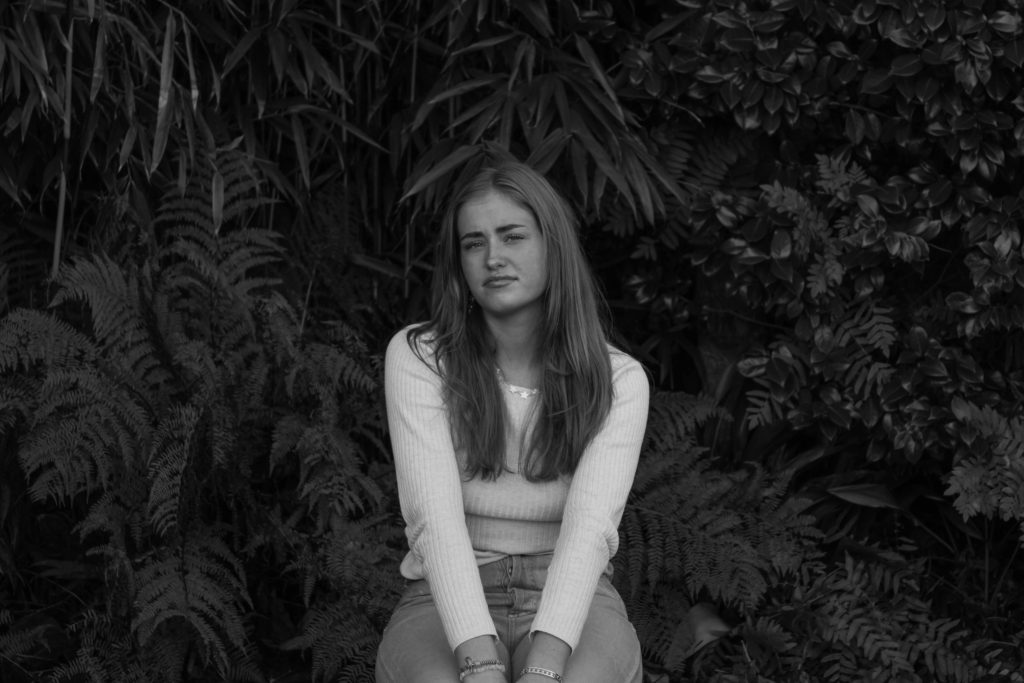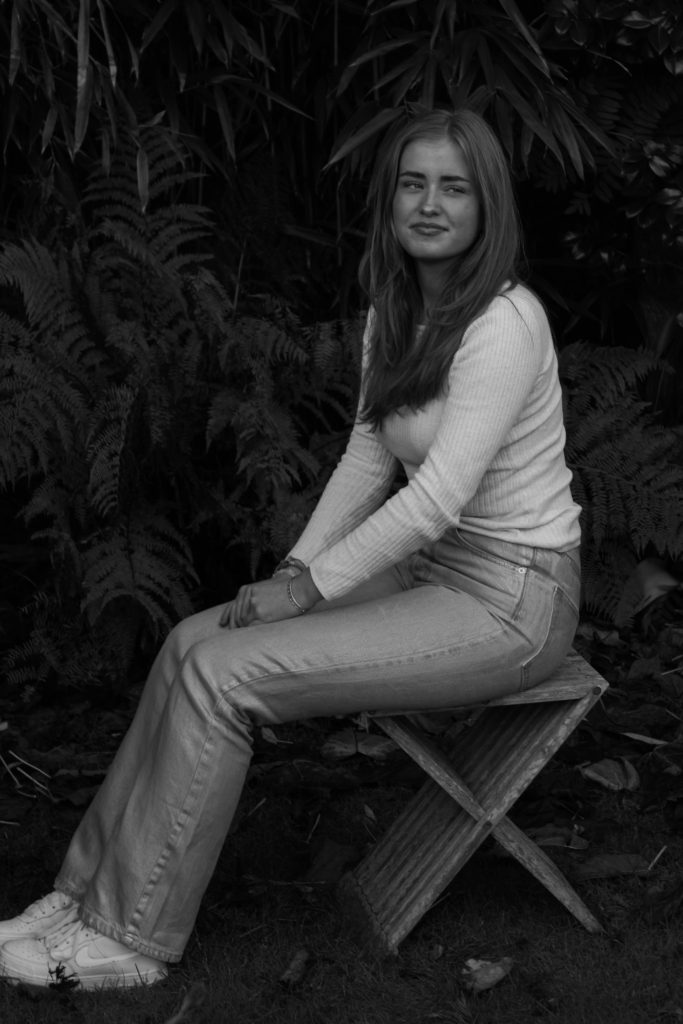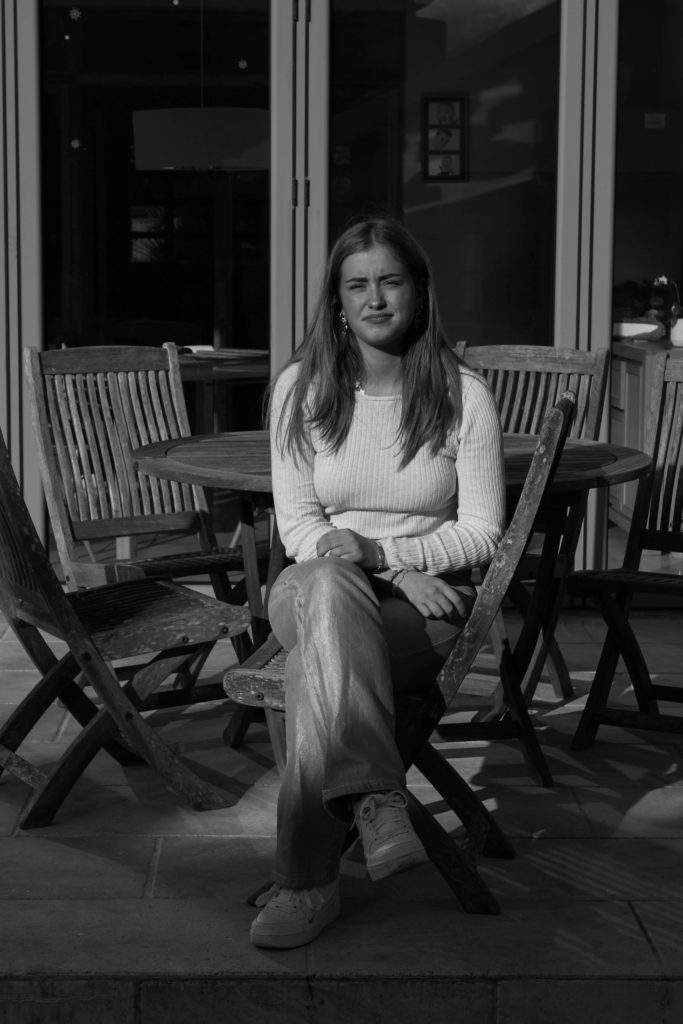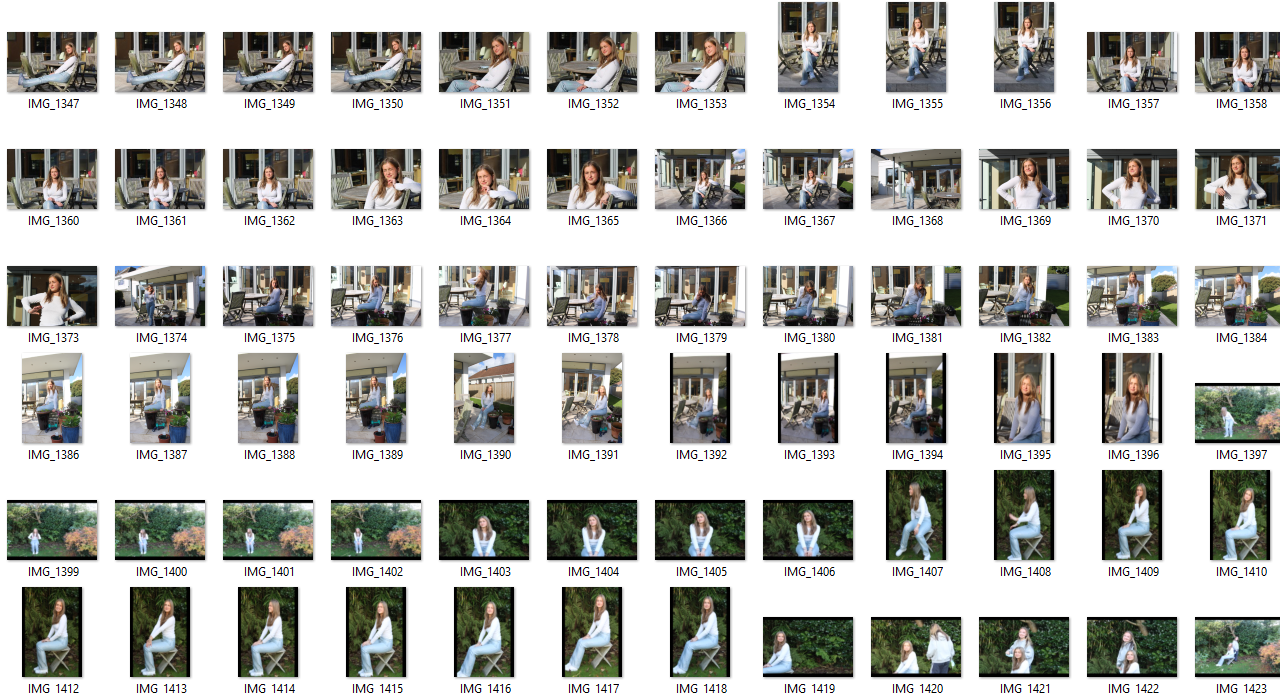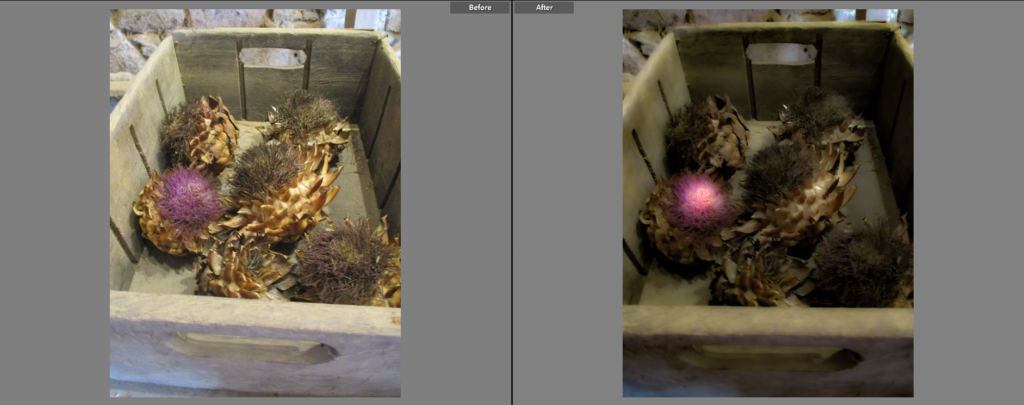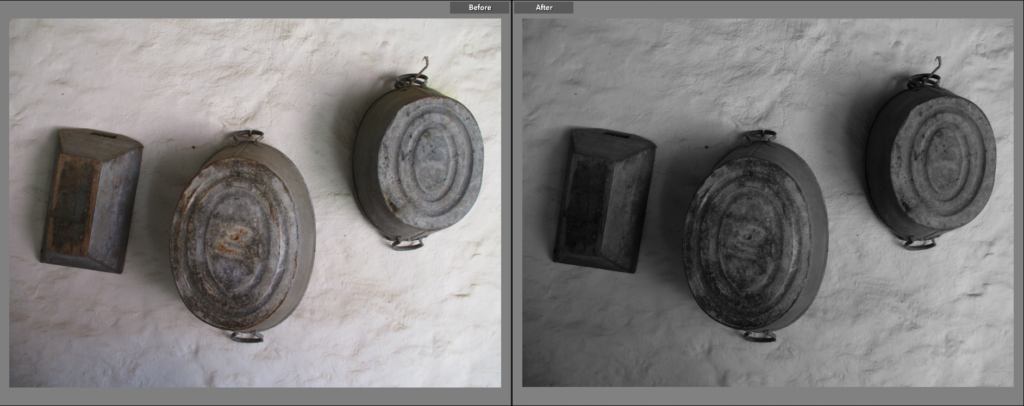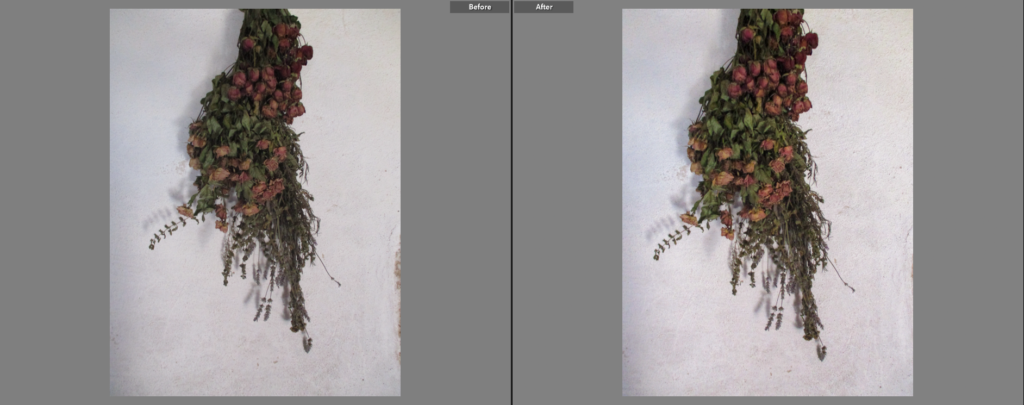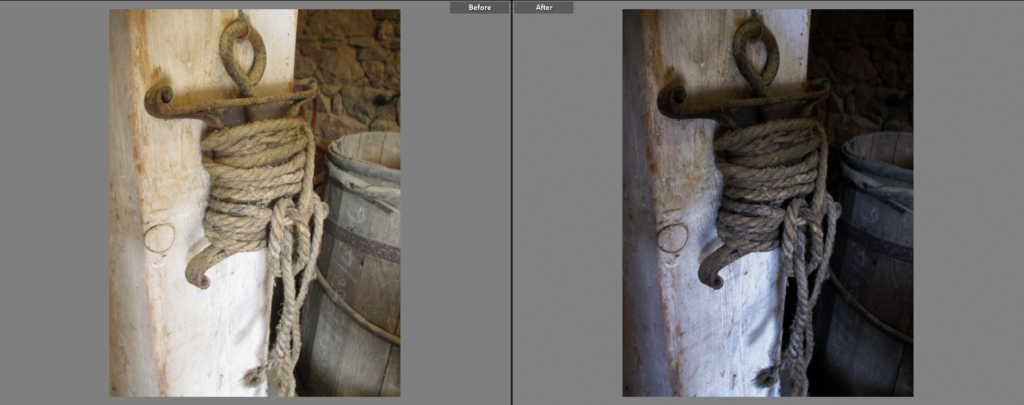Mood Board
Walker Evans
Walker Evans was an American photographer and photojournalist best known for his work for the Farm Security Administration documenting the effects of the Great Depression. Much of Evans’s work from the FSA period uses the large-format, 8×10-inch view camera. Evan’s style of work is social realism and and today his works are held in the collections of The Museum of Modern Art in New York, the Art Institute of Chicago, and the J. Paul Getty Museum in Los Angeles, among others. He is thought of as a pure documentary photographer as His precisely composed, intricately detailed, spare photographs insisted on their subject matter, and his impartial acceptance of his subjects made his work seem true and aesthetically pure–qualities that have been the goal of documentary photography ever since.

Examples of his work
Evans was inspired by his French cultural heroes, Evans set out to document the authentic, ordinary, and transitory details that he now saw in his homeland. It was in Fortune magazine, the publication founded in 1929 to cover “Industrial Civilization,” that Evans shared many of his cultural observations. He could not use a flash, because it would alert his subjects to the presence of the camera. In order to compensate for the lack of a flash, the shutter speed was slowed.
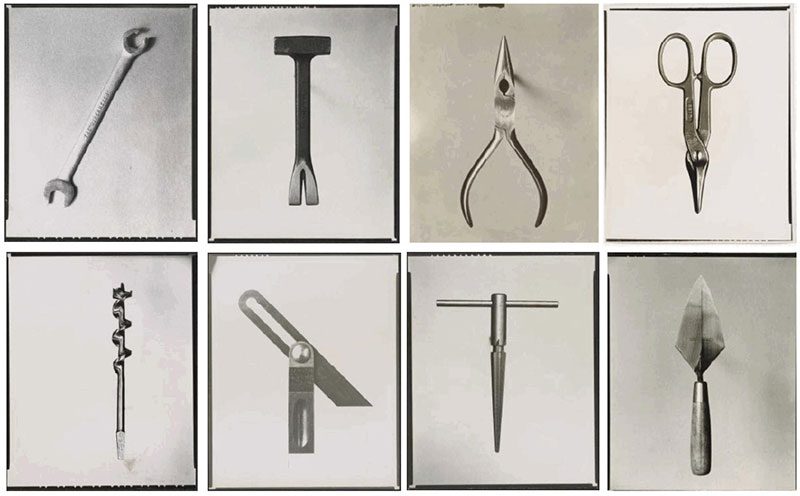
Darren Harvey-Reagan
Harvey-Regan first constructed a montage of Evans’s images to make new forms. He then sourced matching tools, cut them in half and re-joined various halves together, with the resulting physical objects being photographed to create his final work. The montaged tools become both beautiful and bizarre objects, in which a ratchet wrench is combined with a pair of pliers and a Mason’s trowel joined with a pair of scissors.
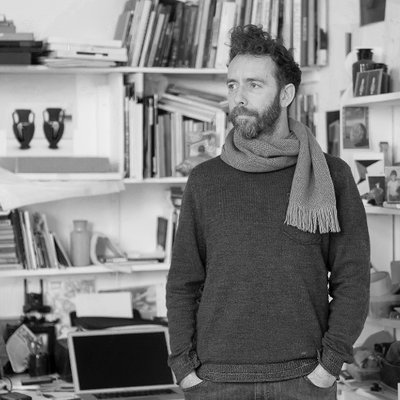
On initial viewing, one may consider the works to be surrealistic, but Harvey-Regan refers to the works as ‘phrasings’, “different versions of a visual question or proposition”. He further elaborates: “If you take, ‘what happens if’…” as the beginning of the exhibition’s question, then the works explore how that question ends, by using the elements of the photographic material, the image, and the original object and shuffling these three around, giving different emphasis to each, in which each has a different phrasing”.
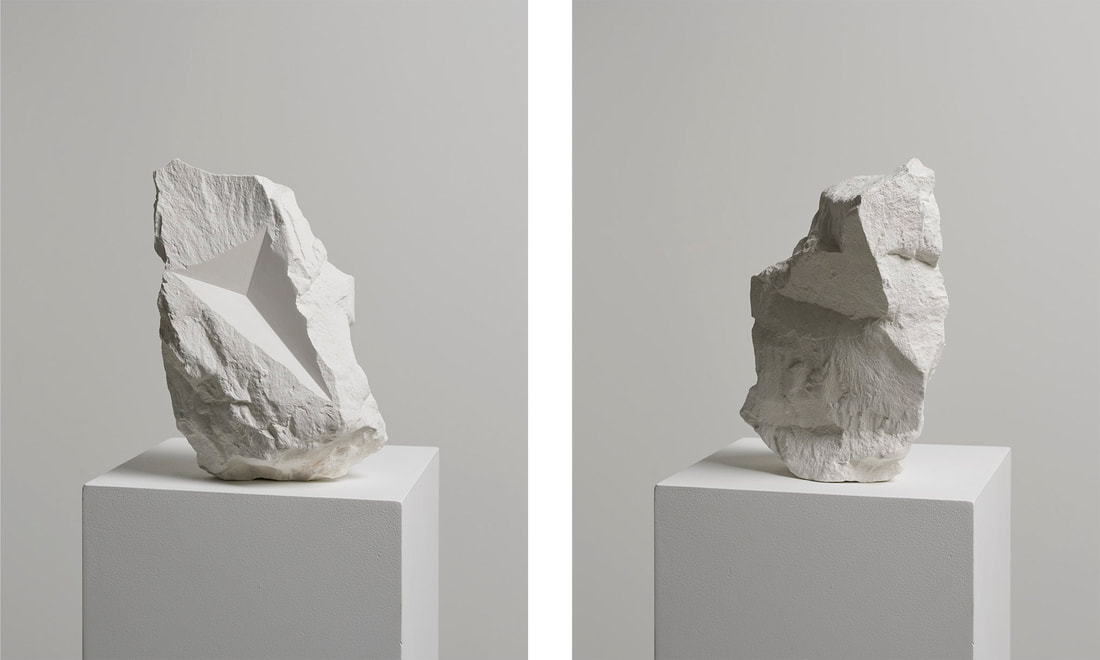
Artist reference
I have included an artist reference below to demonstrate how I took inspiration from other artists to assist me in creating my experimentations using the still life object photographs, Hamptonne portraits and Hamptonne images. I have chosen to compare this image of Reagan’s as it was the best to recreate as so many of my images could be adapted just like this one.


